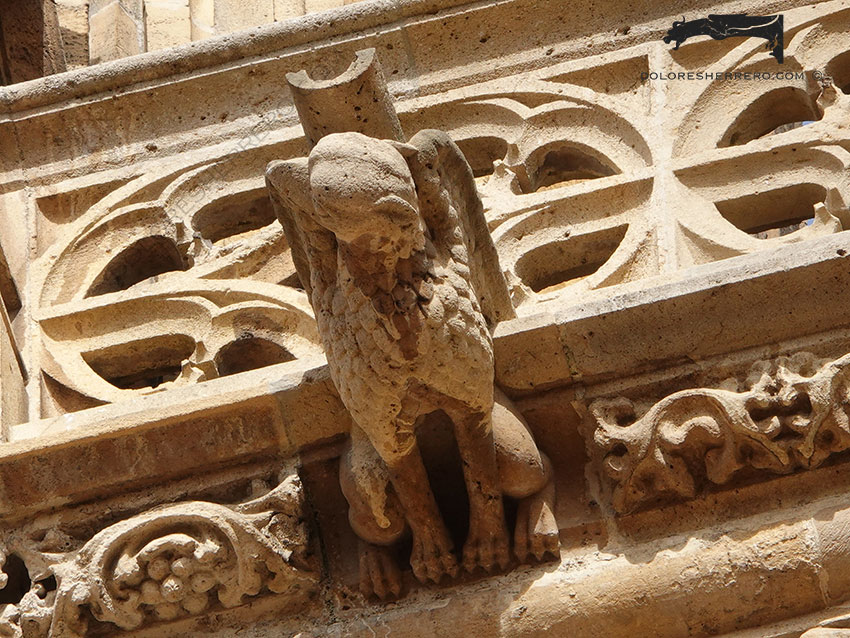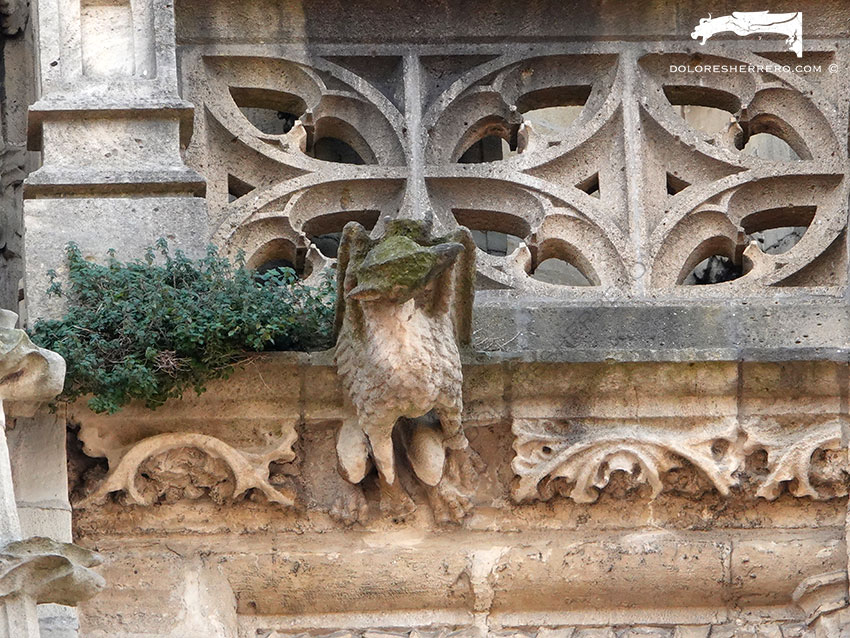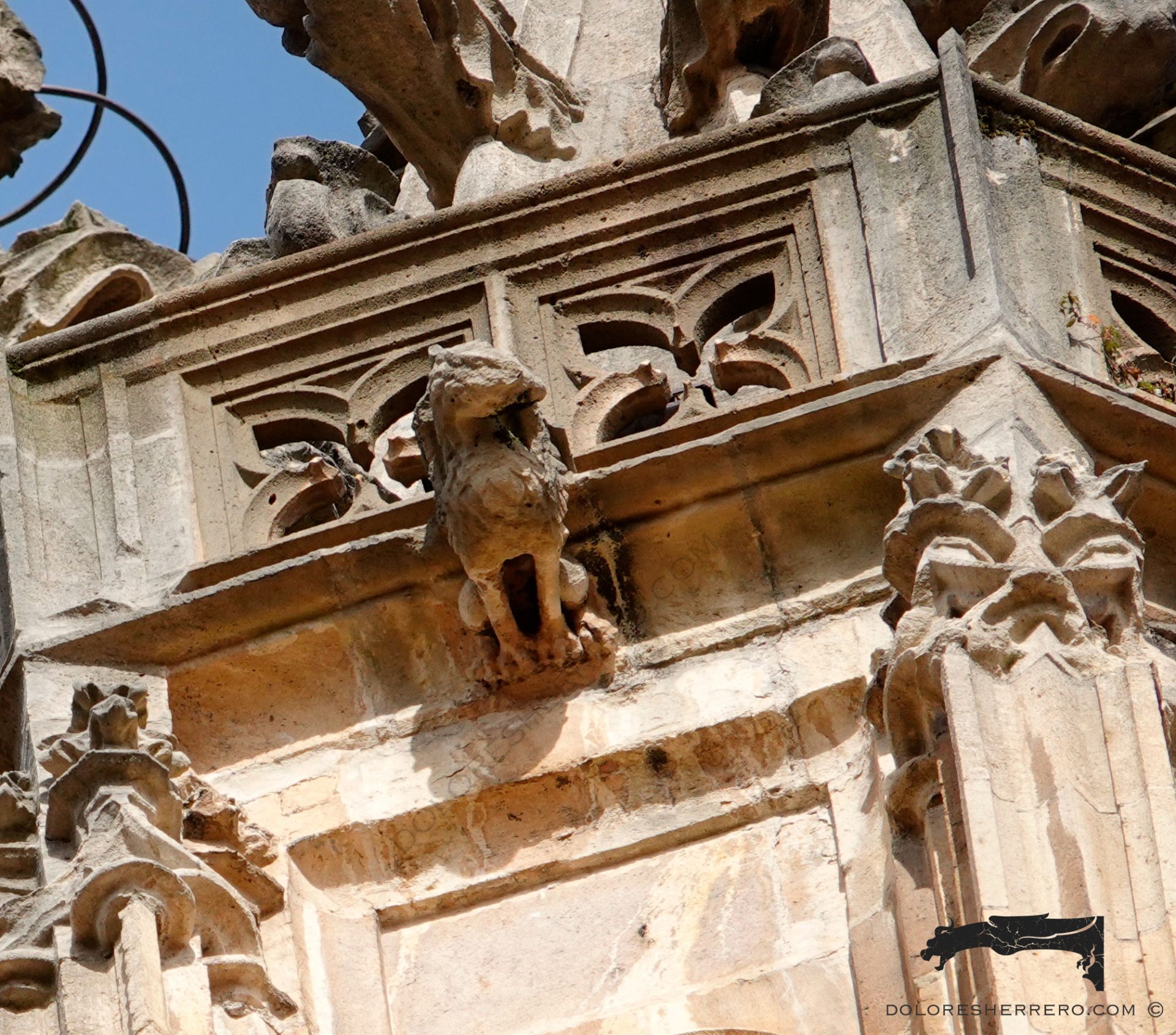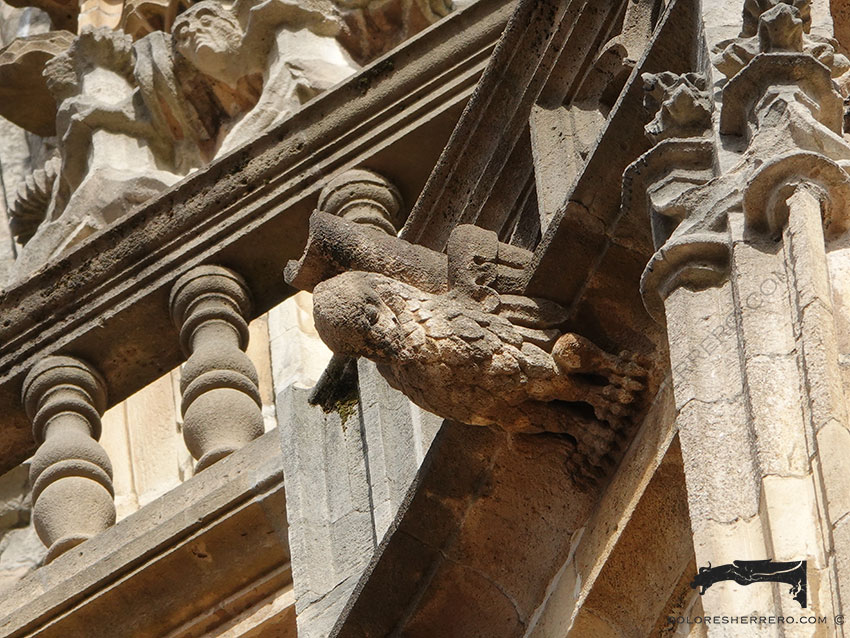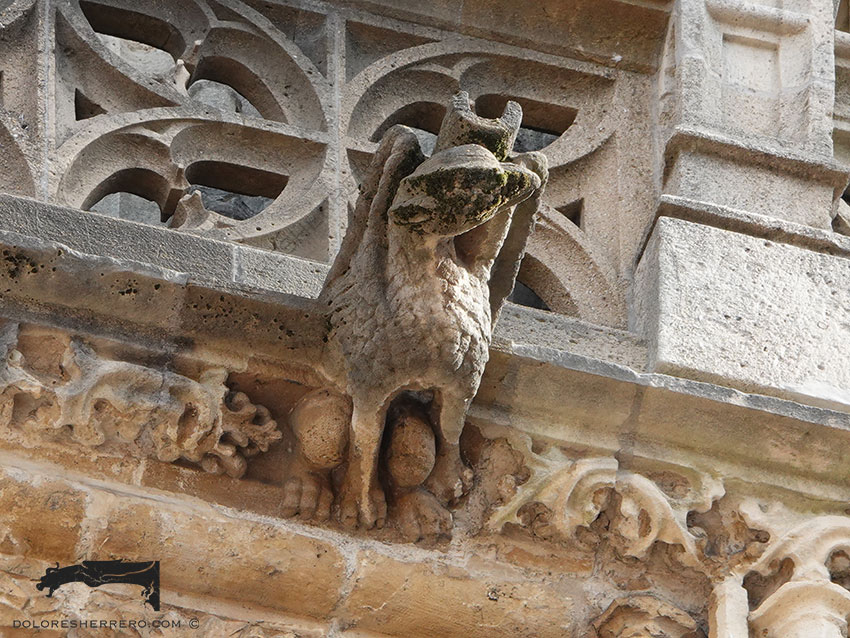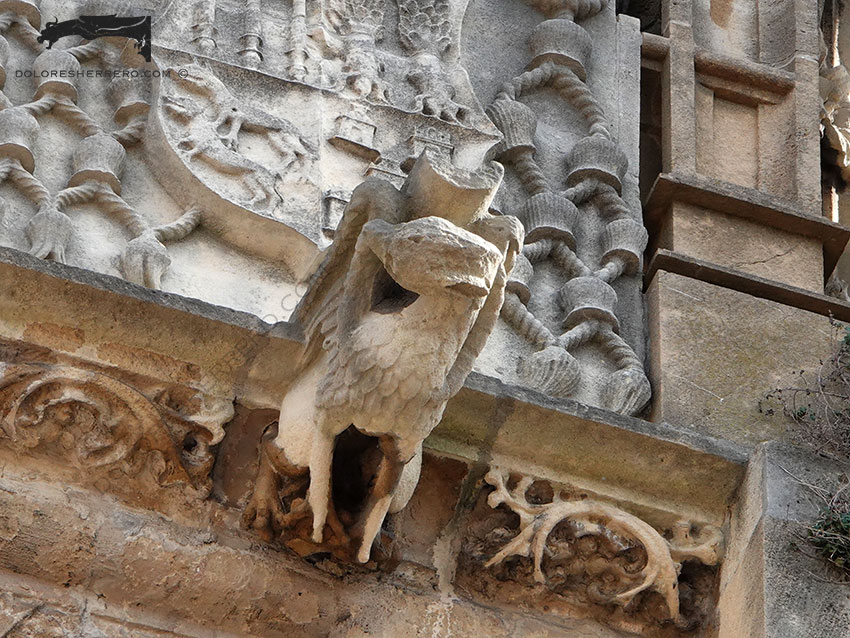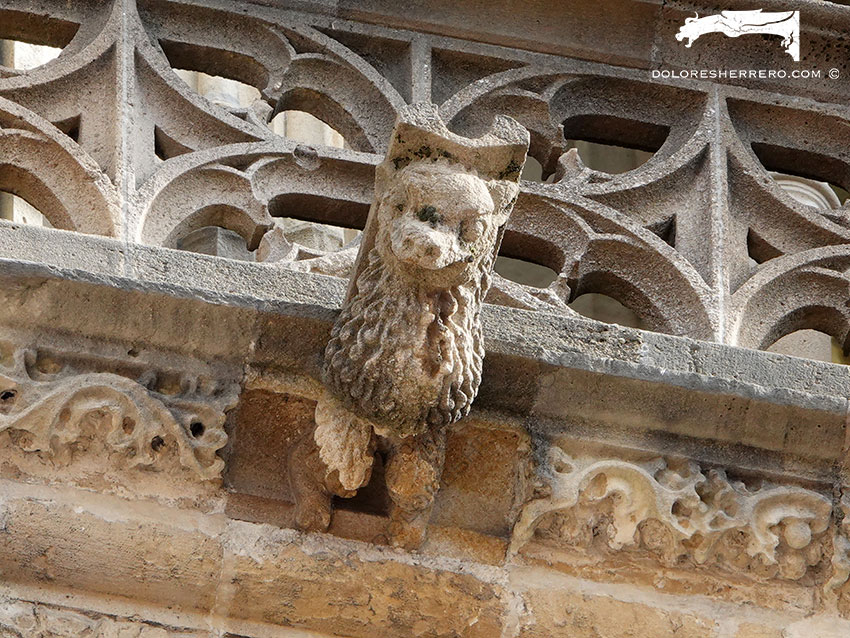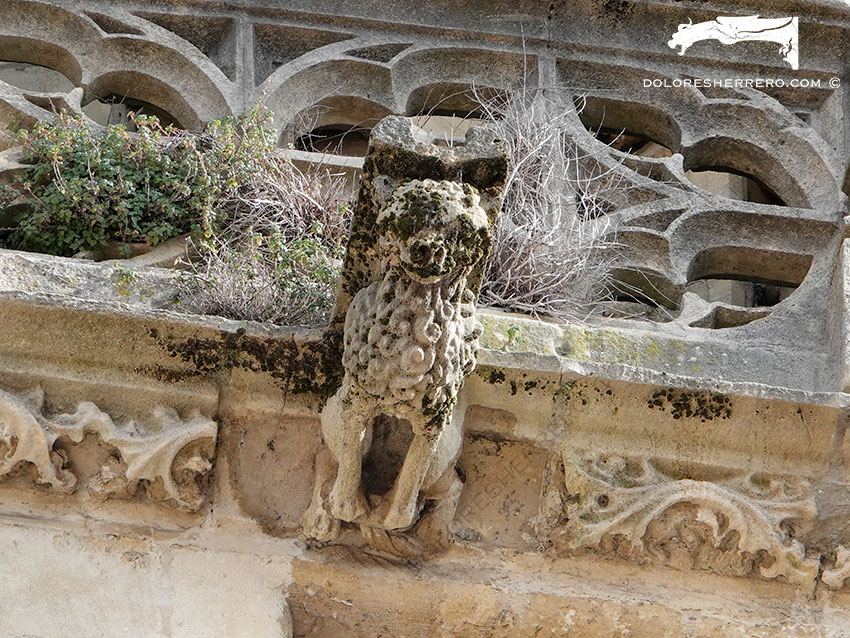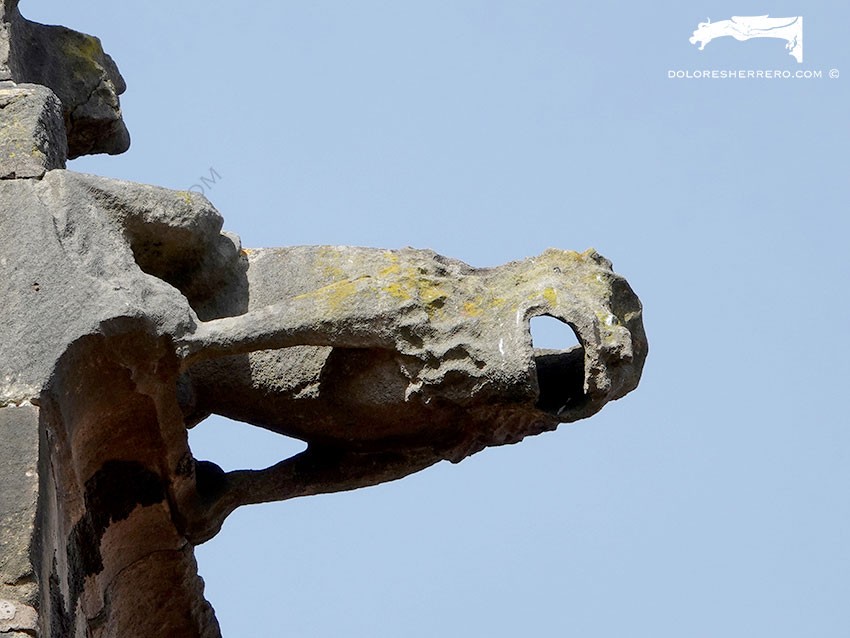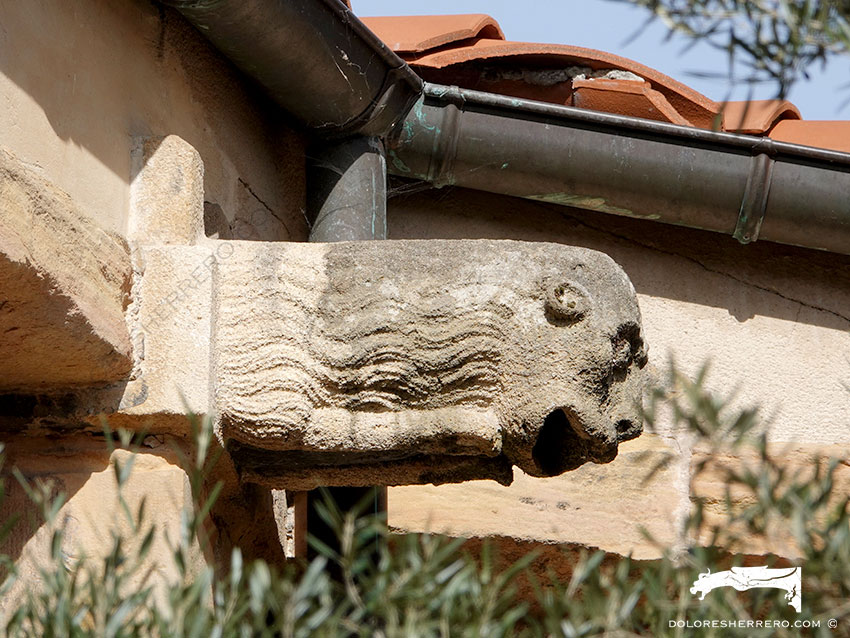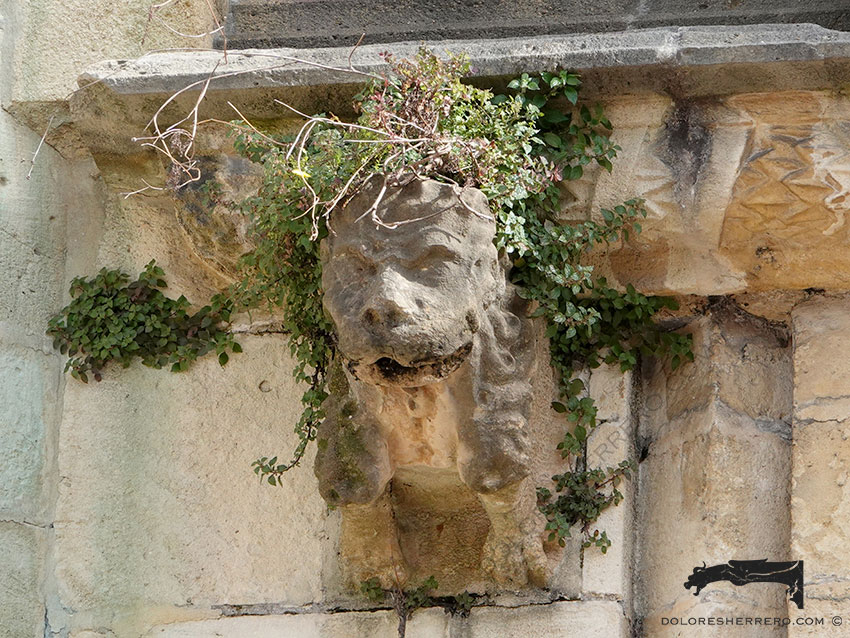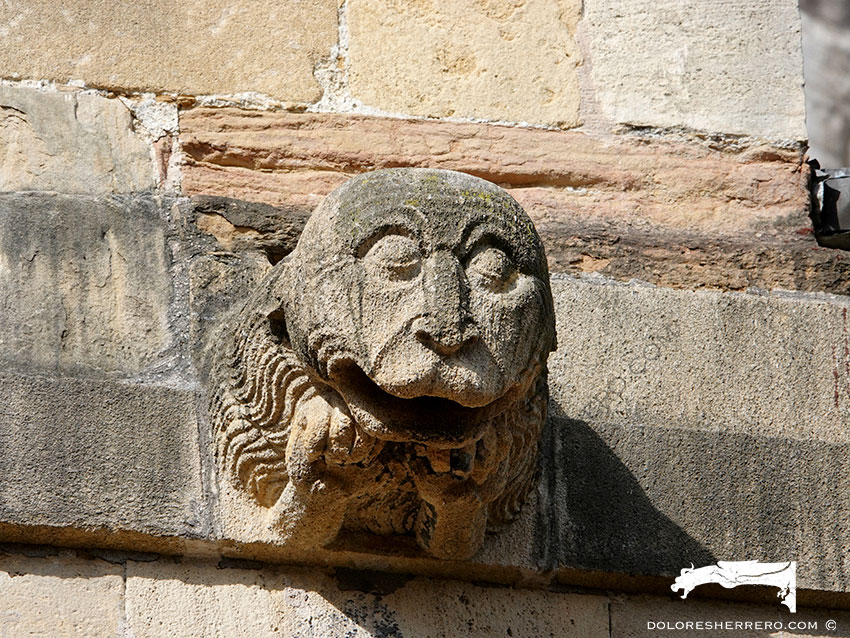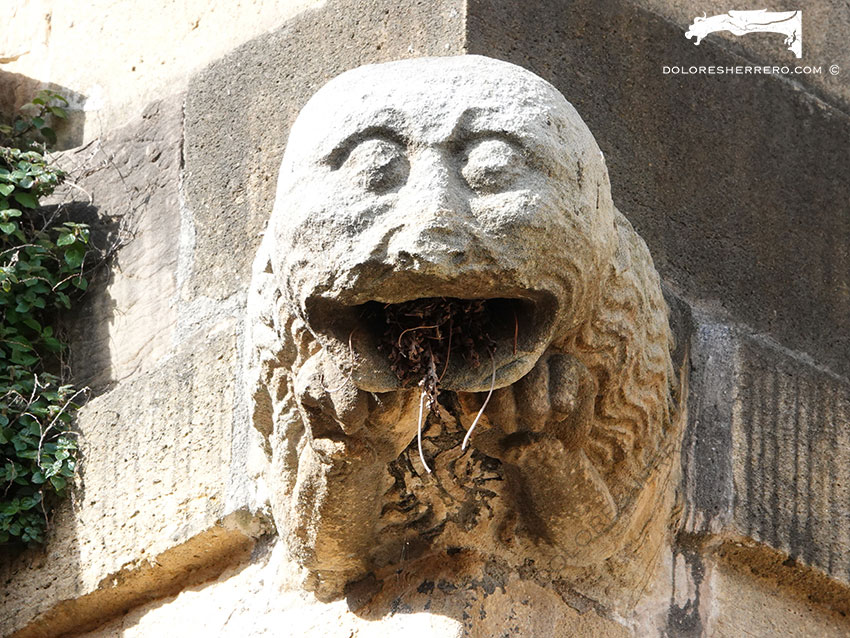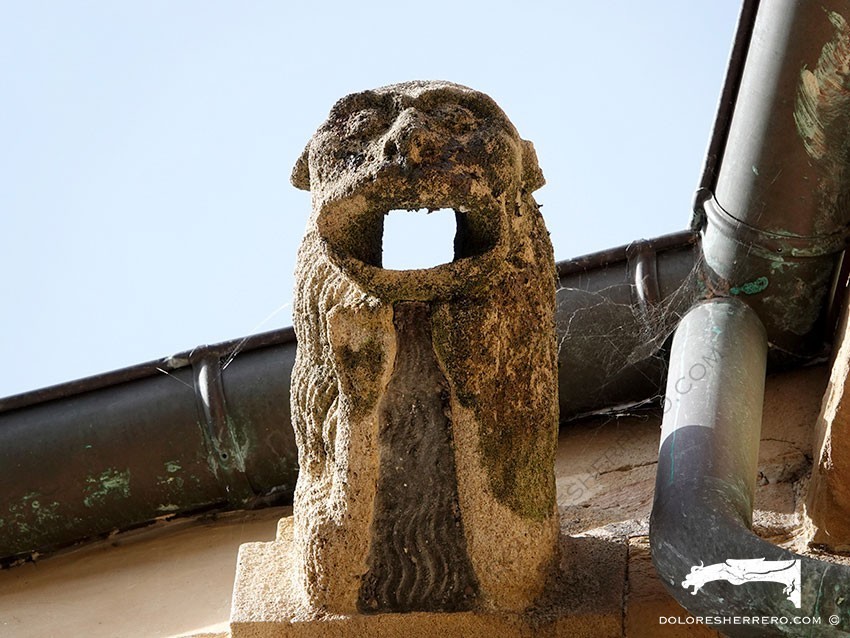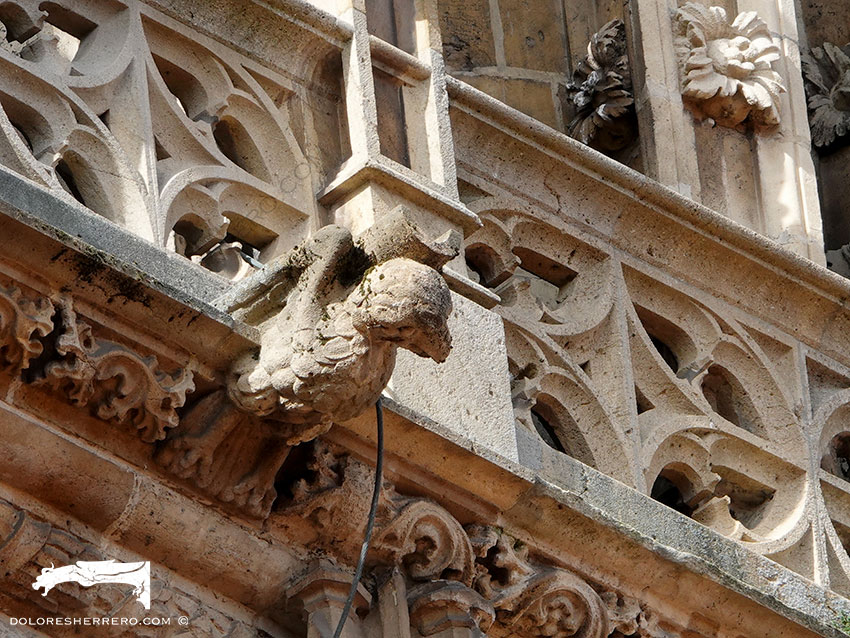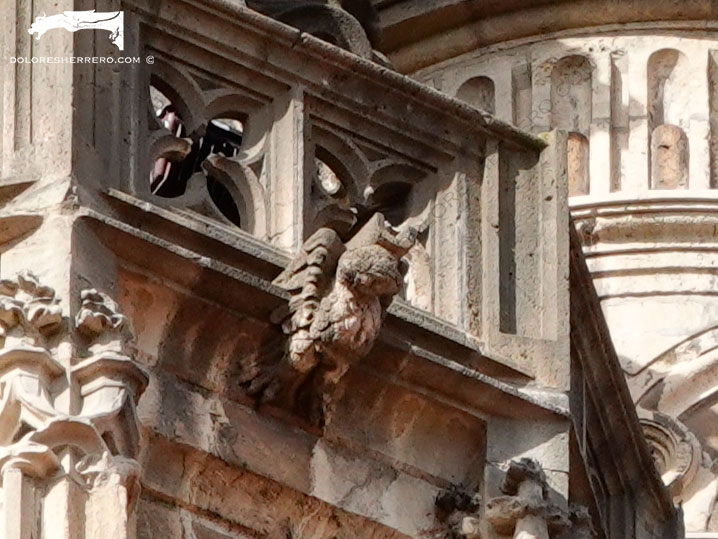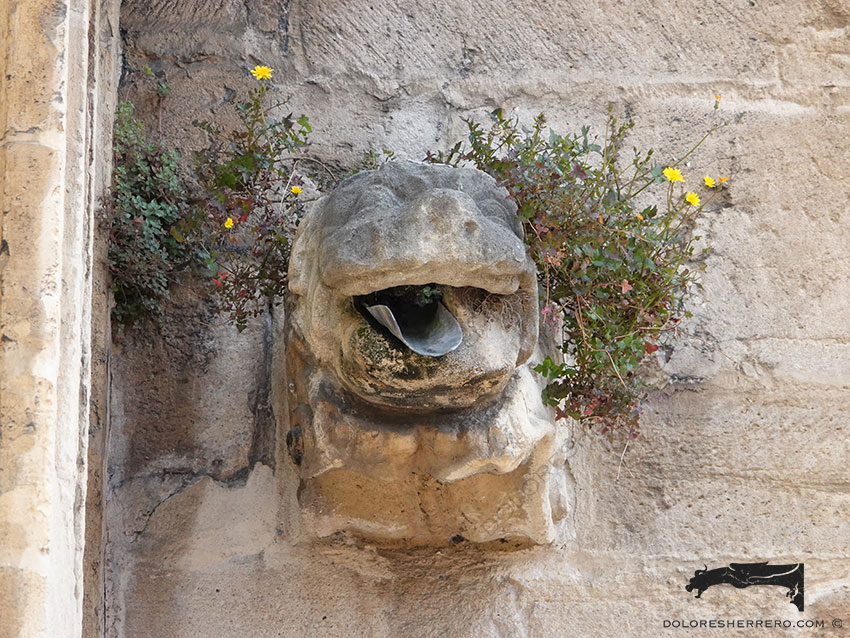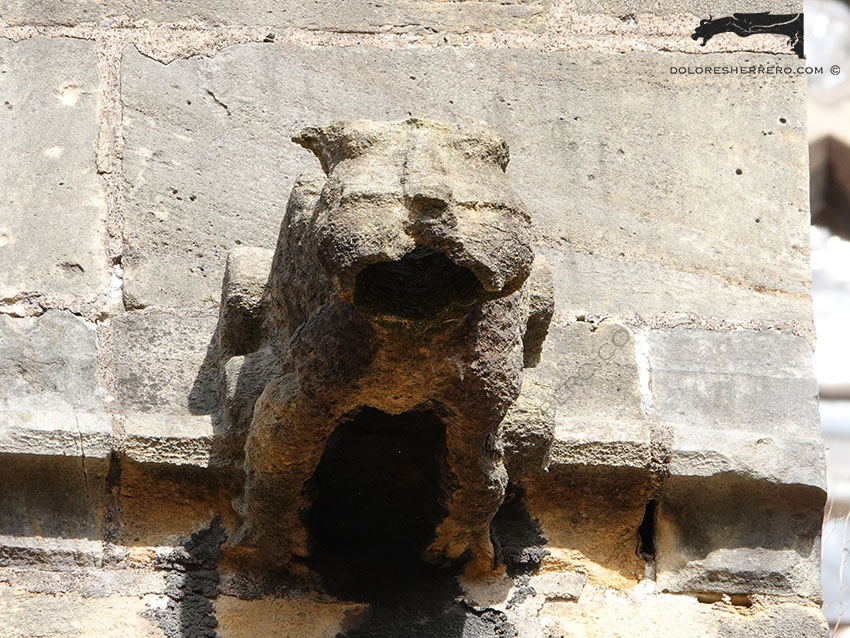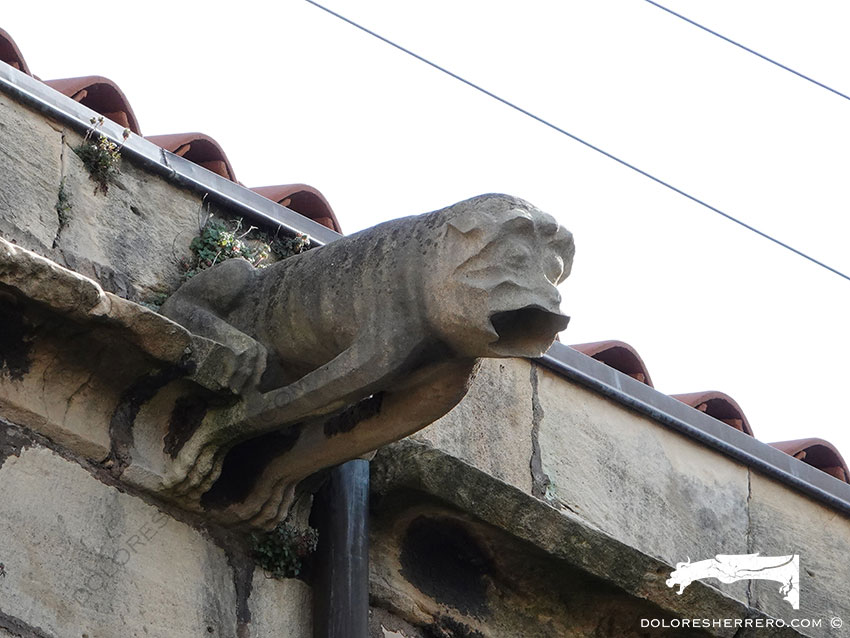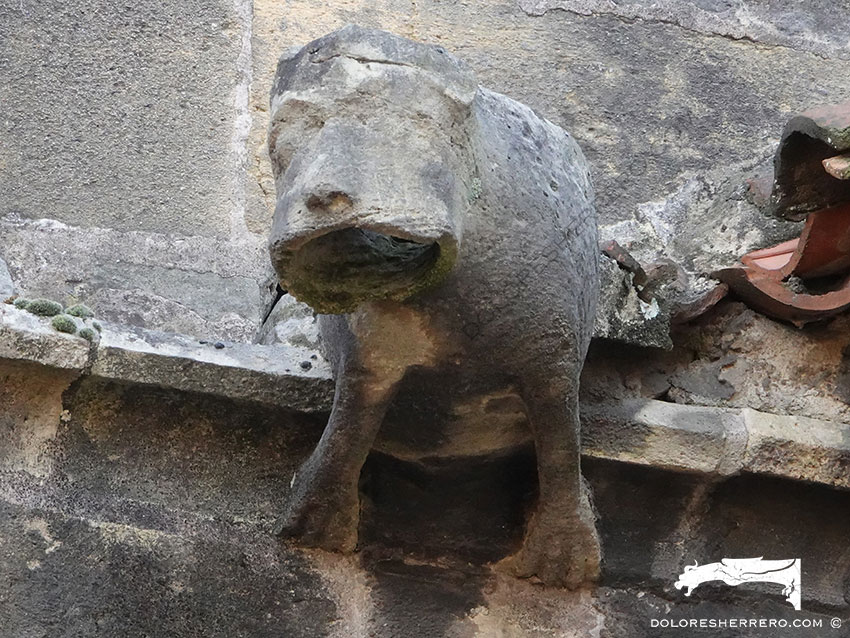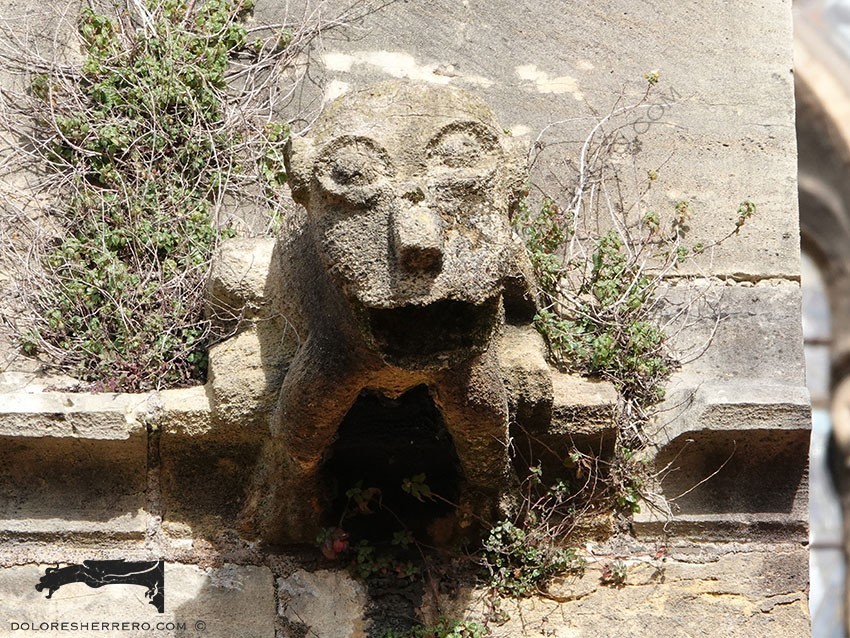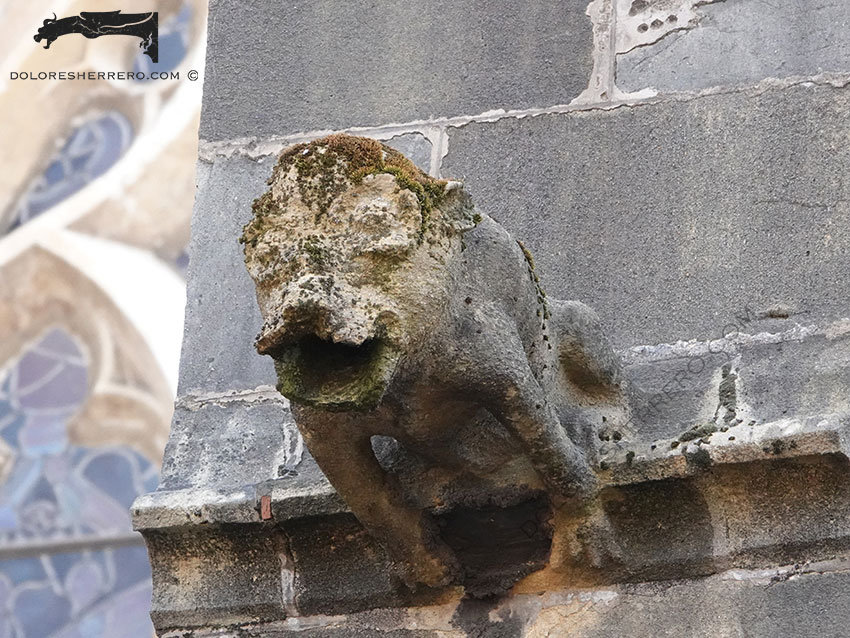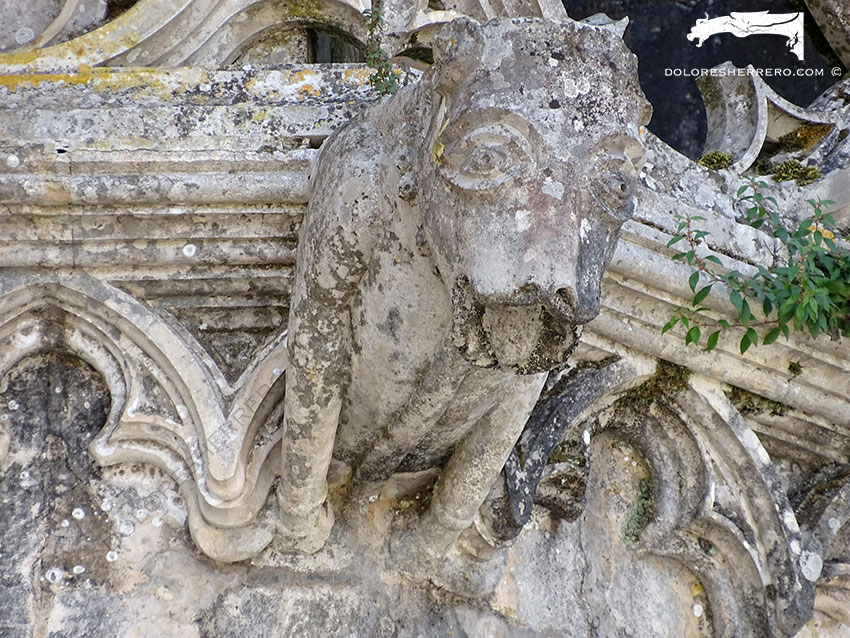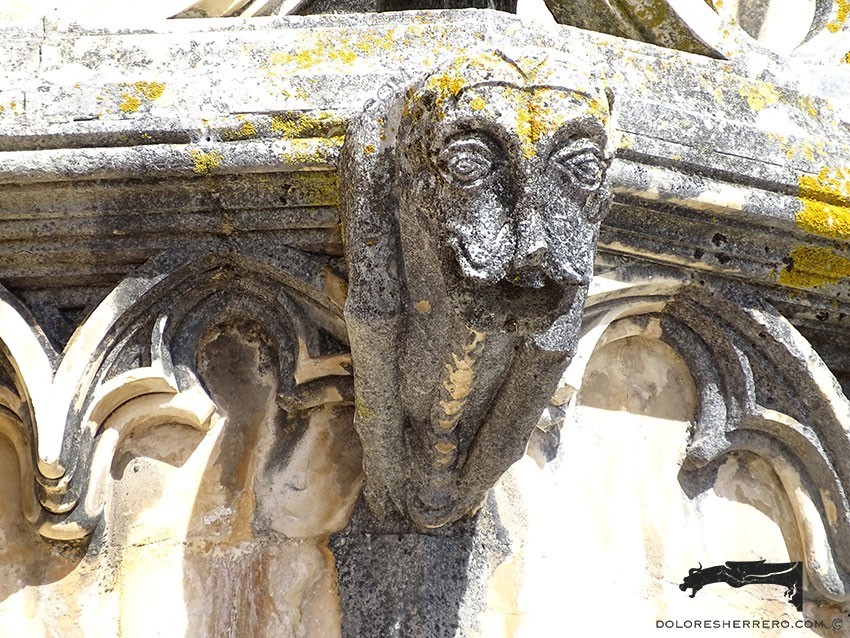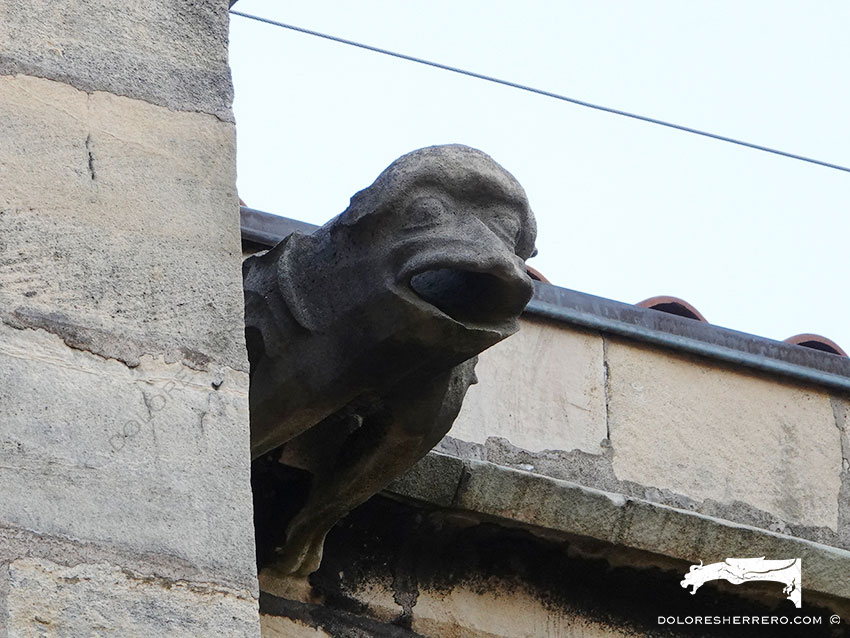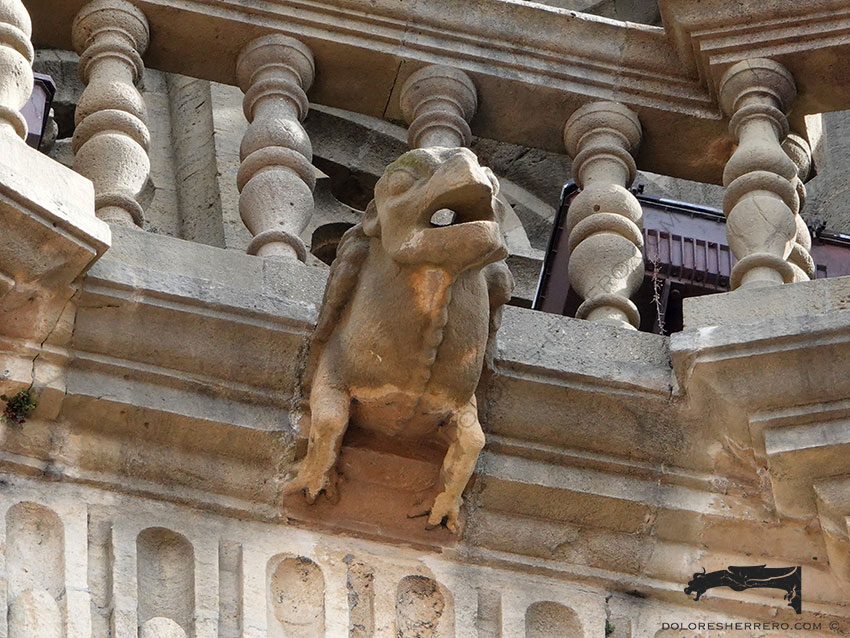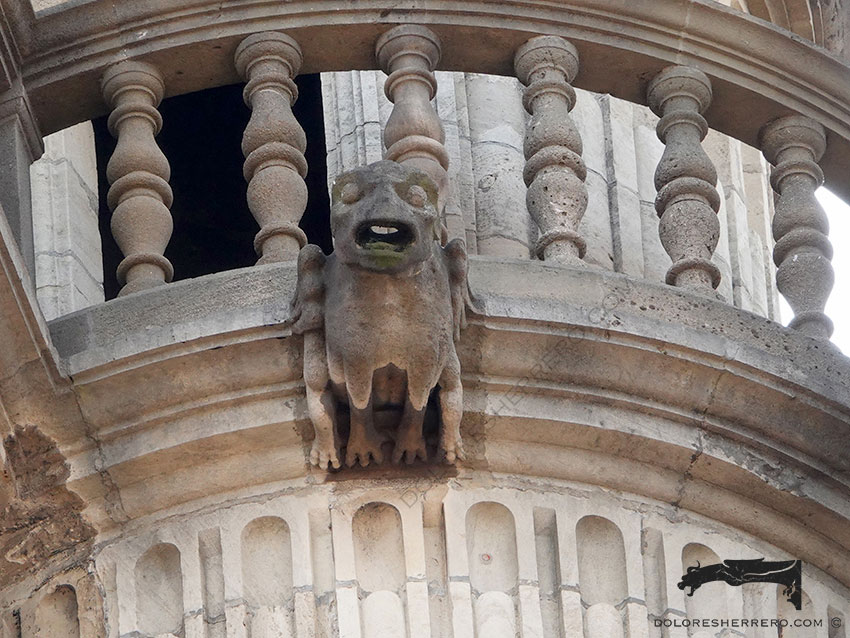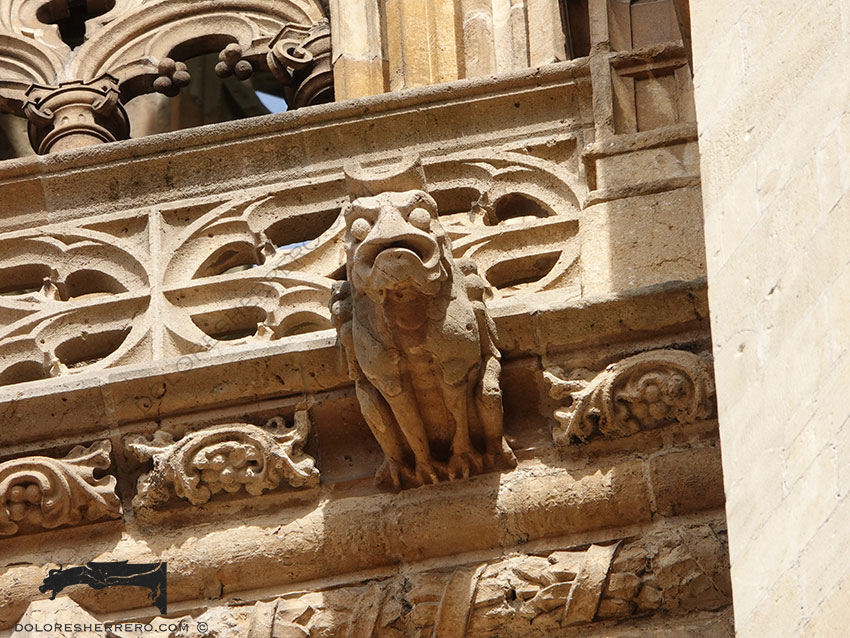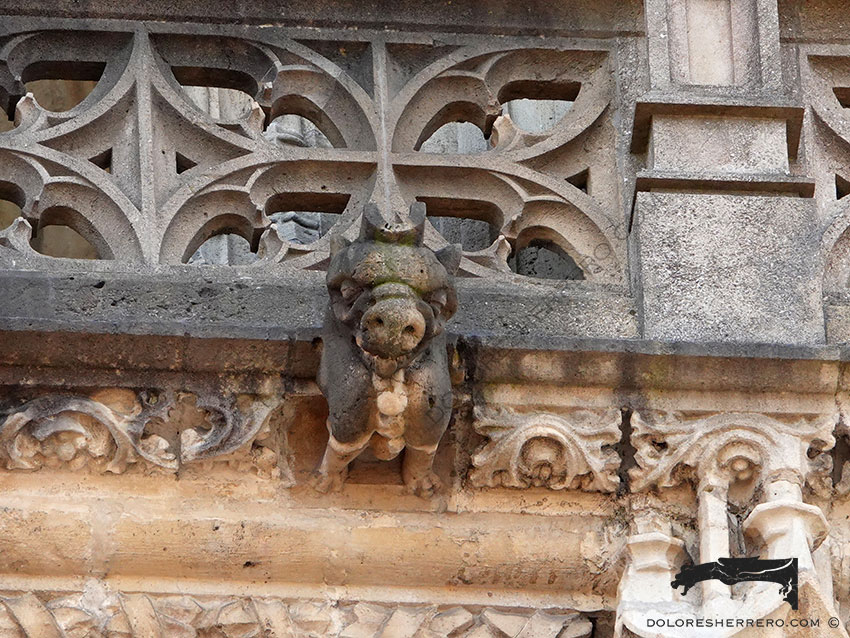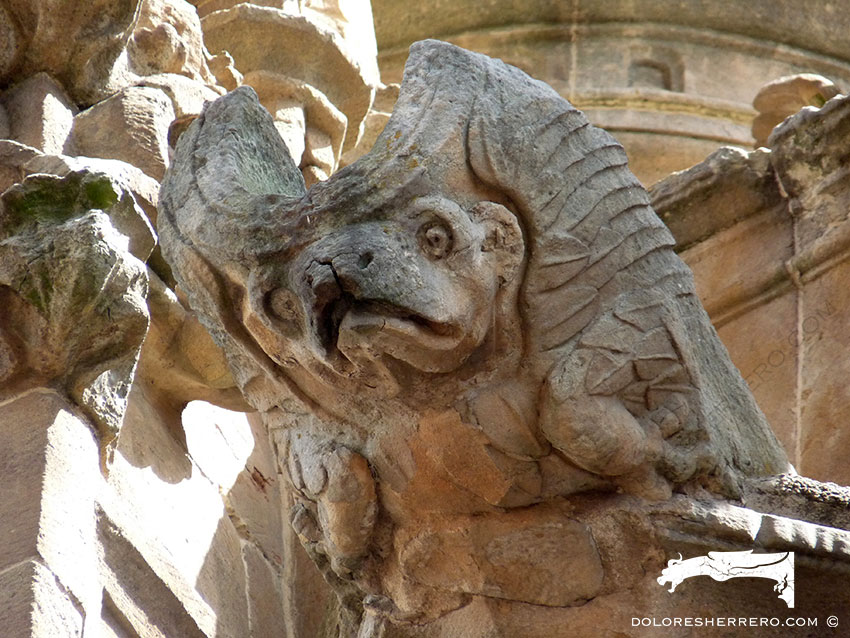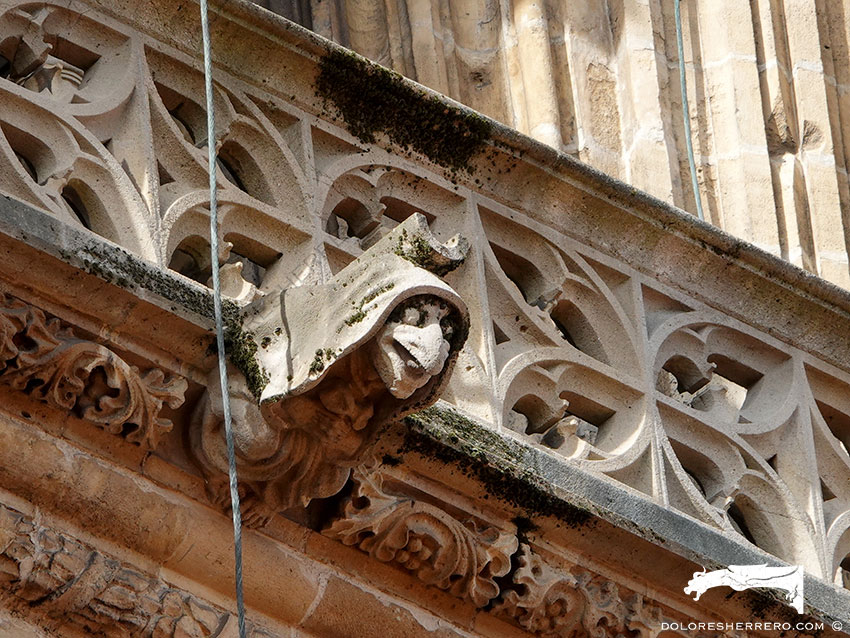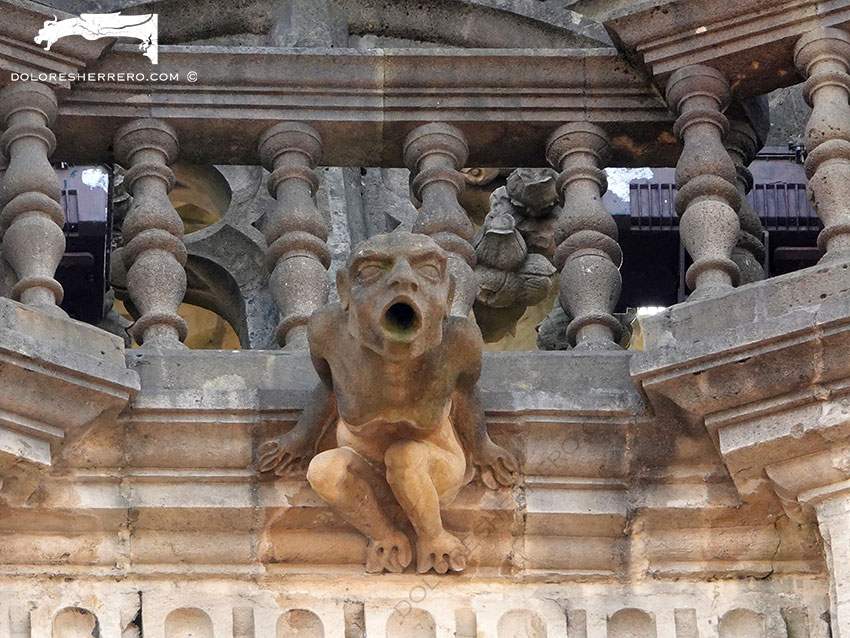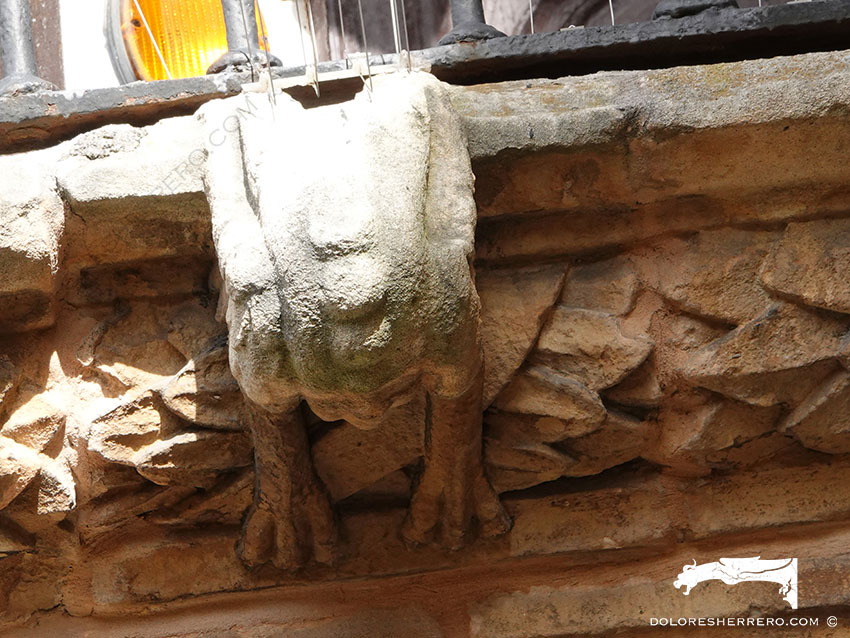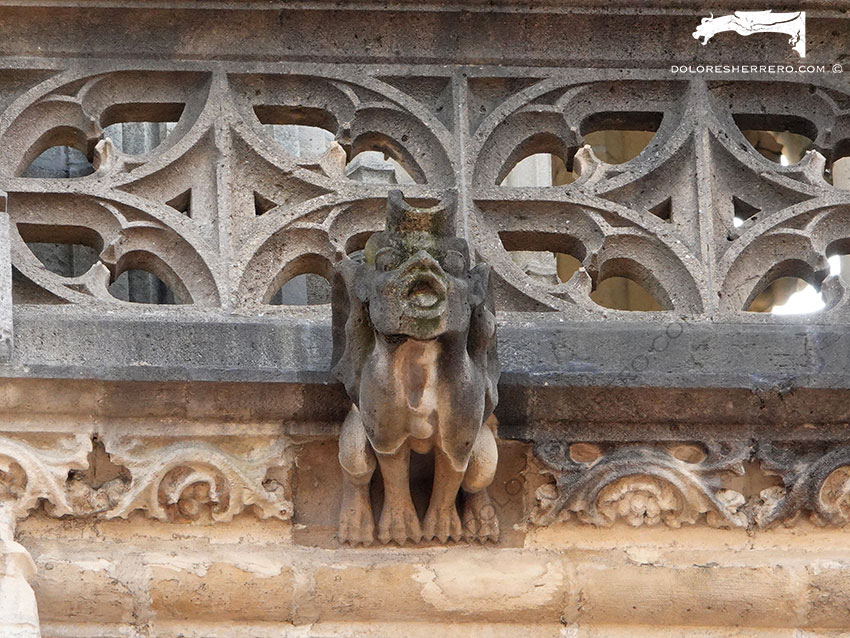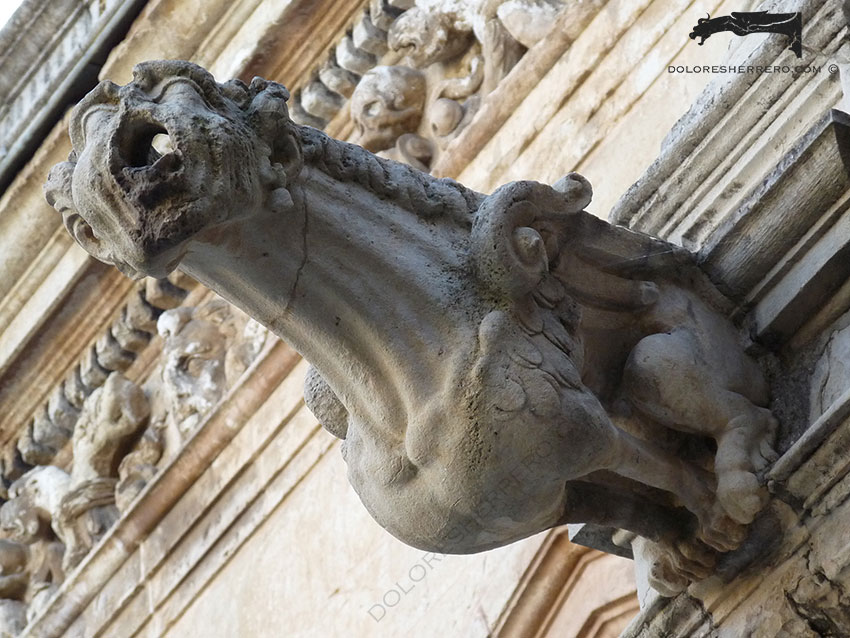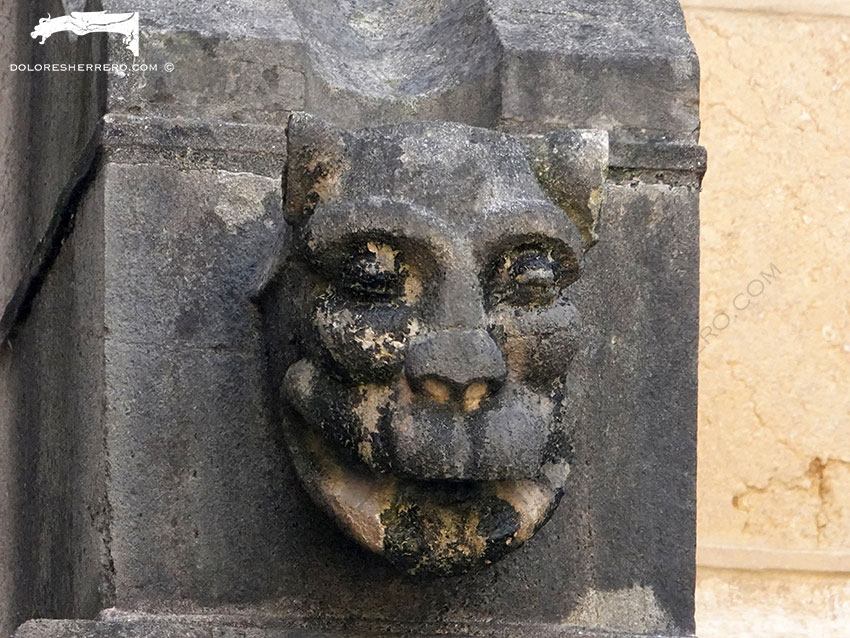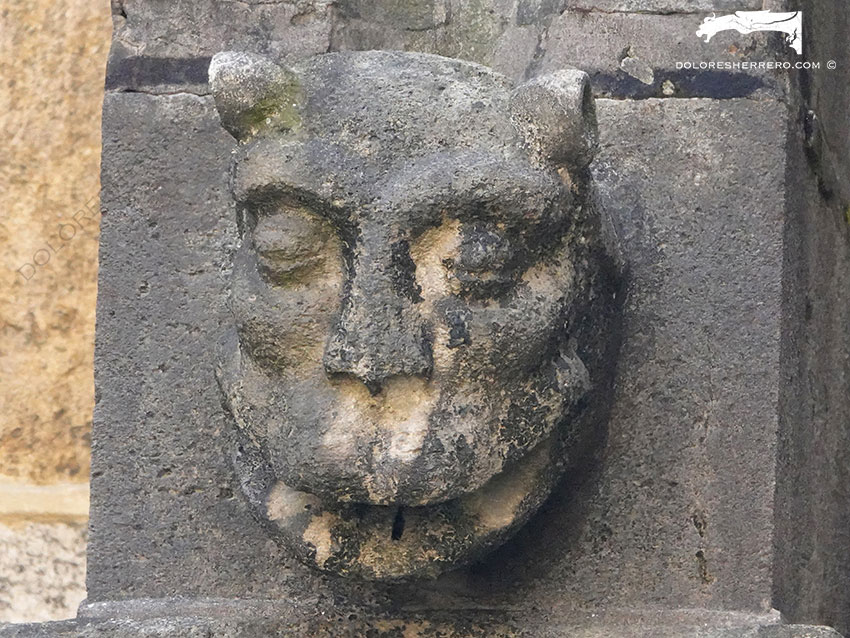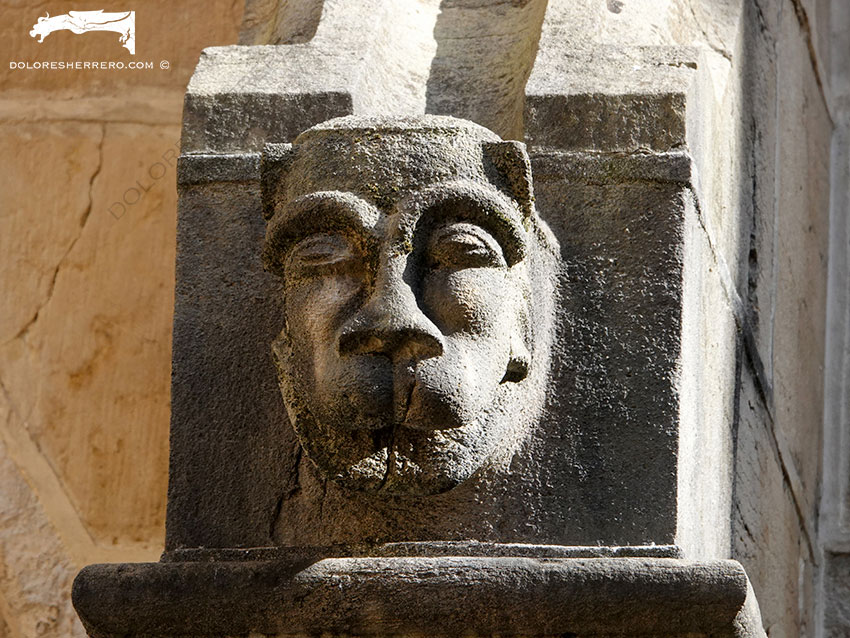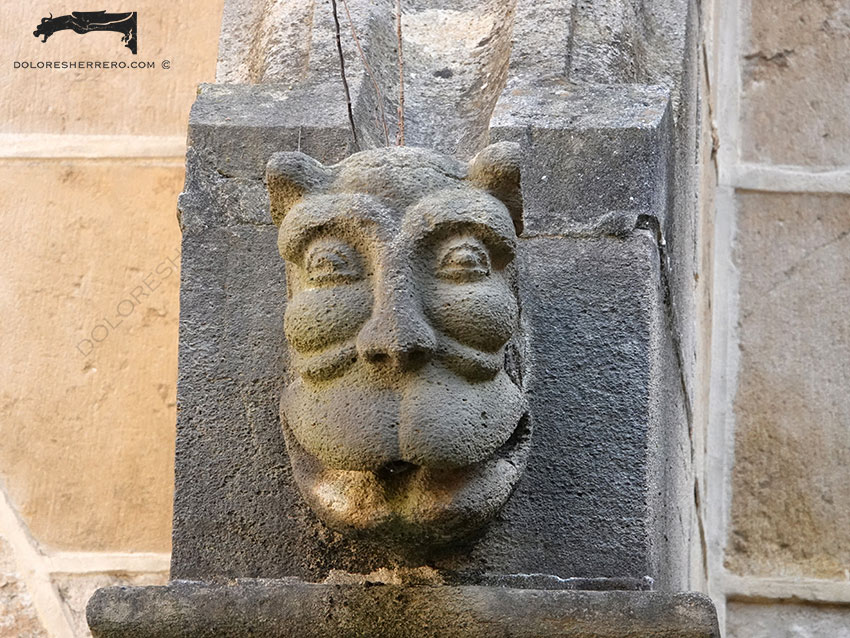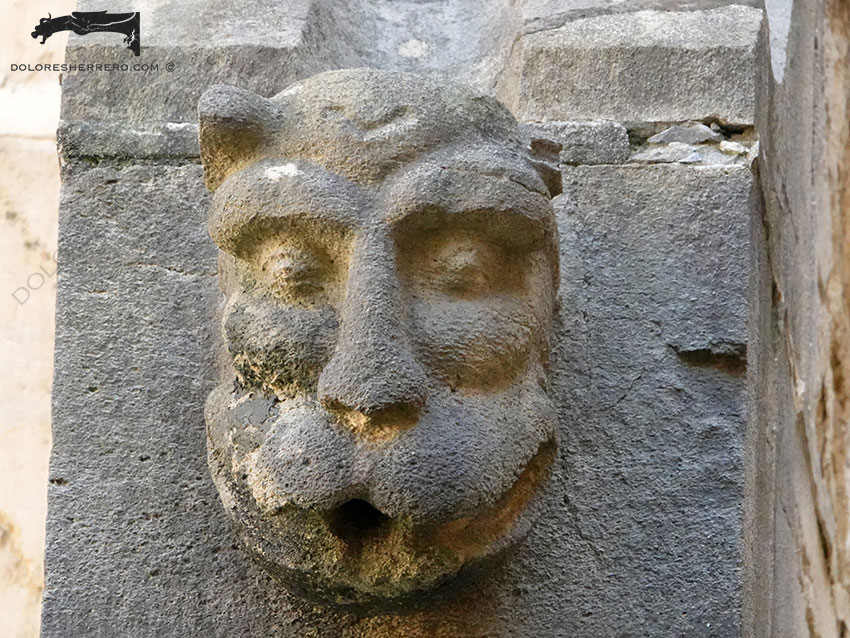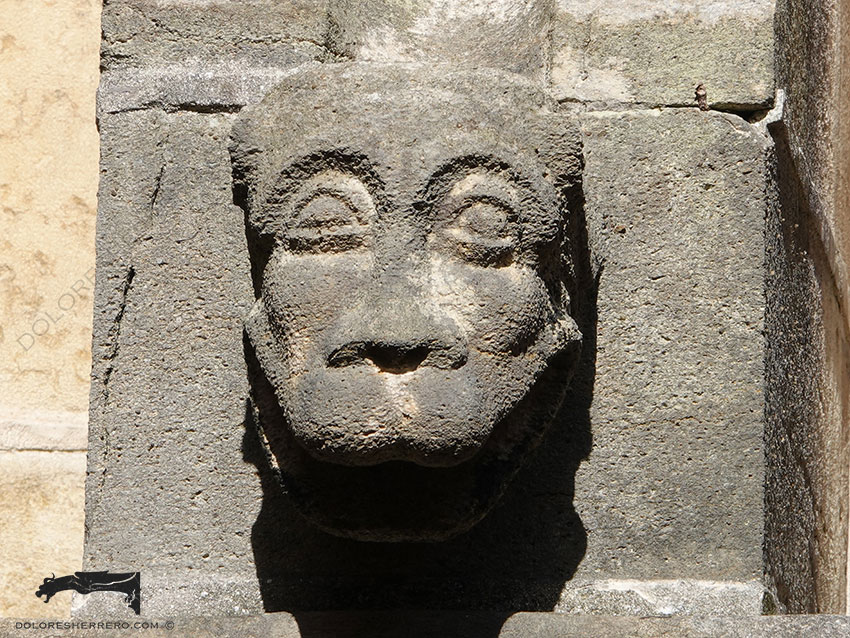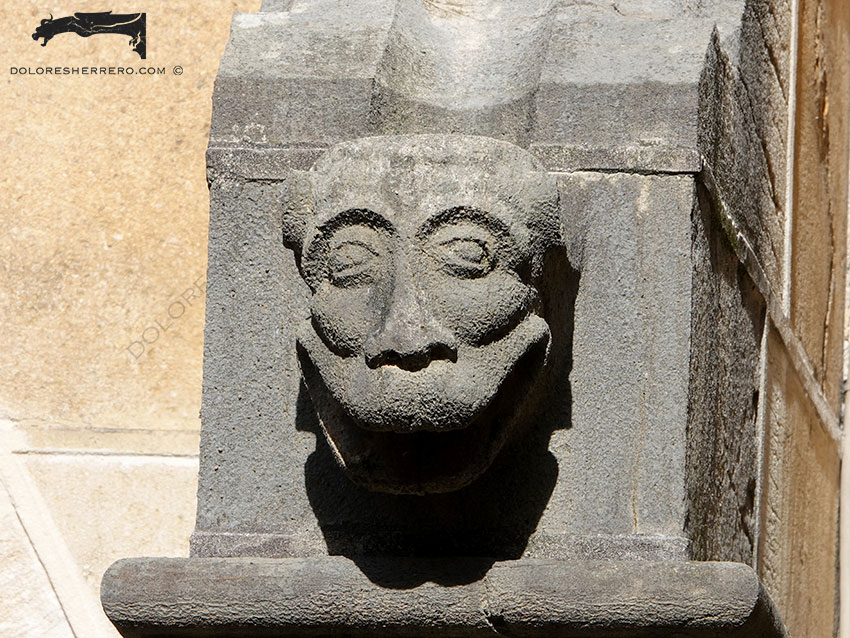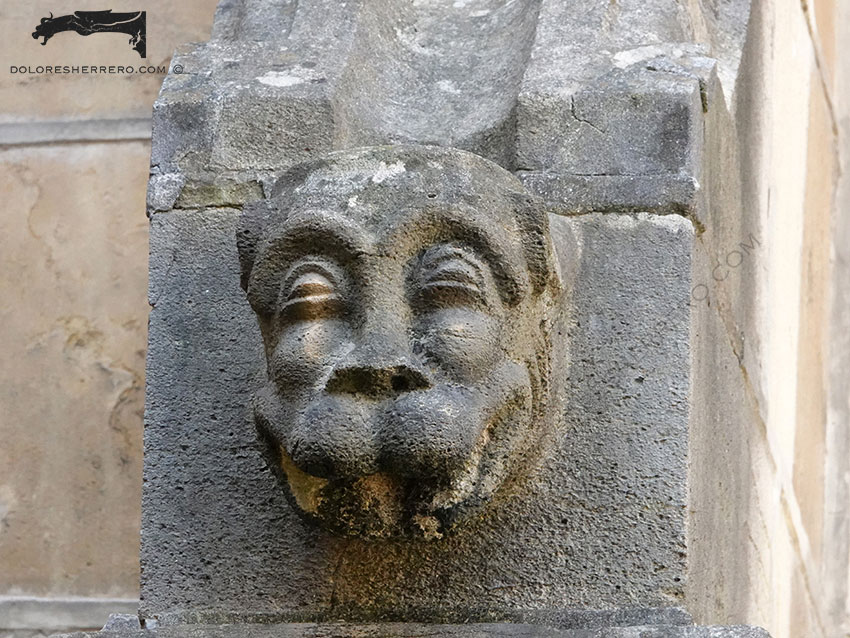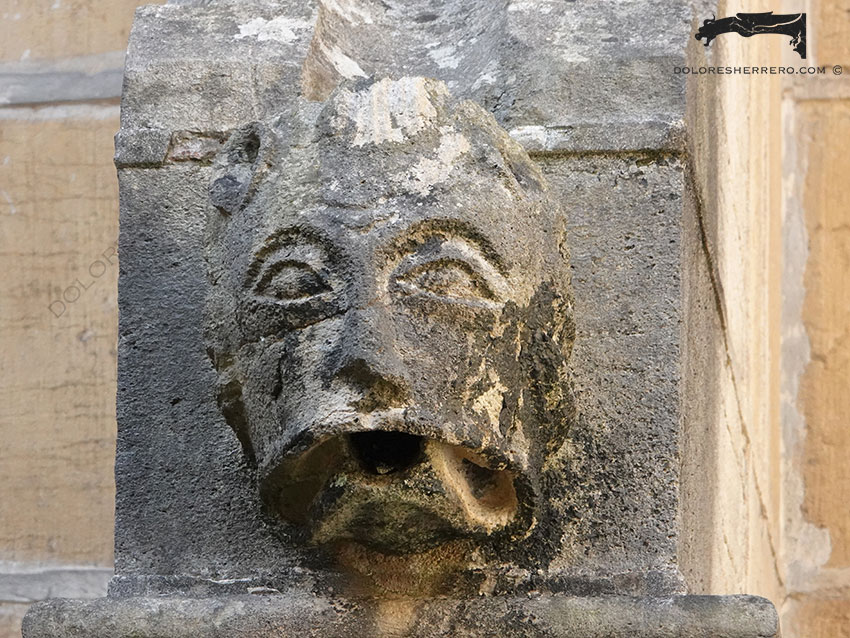In this first entry dedicated to Asturian gargoyles, we are going to discover the unique and suggestive gargoyles of Oviedo Cathedral (Spain).
This beautiful city in the Principality of Asturias is home to a Gothic cathedral with a long history, dating back to the 8th century, and a great artistic wealth. The history of the Sancta Ovetensis, the relics and treasures it contains and the fusion of styles it encompasses (pre-Romanesque Asturian, Romanesque, Gothic, Renaissance), make it one of the most important monuments in the heritage of Asturias and Spain.
Work began on the Gothic cathedral around 1385, and around 1500 it was decided to build the western portico and the two towers of the façade, although in the end only the south tower was erected: a work in flamboyant Gothic and Renaissance style, which was begun around 1508 and finished at the end of the 16th century, under the direction of Rodrigo Gil de Hontañón.
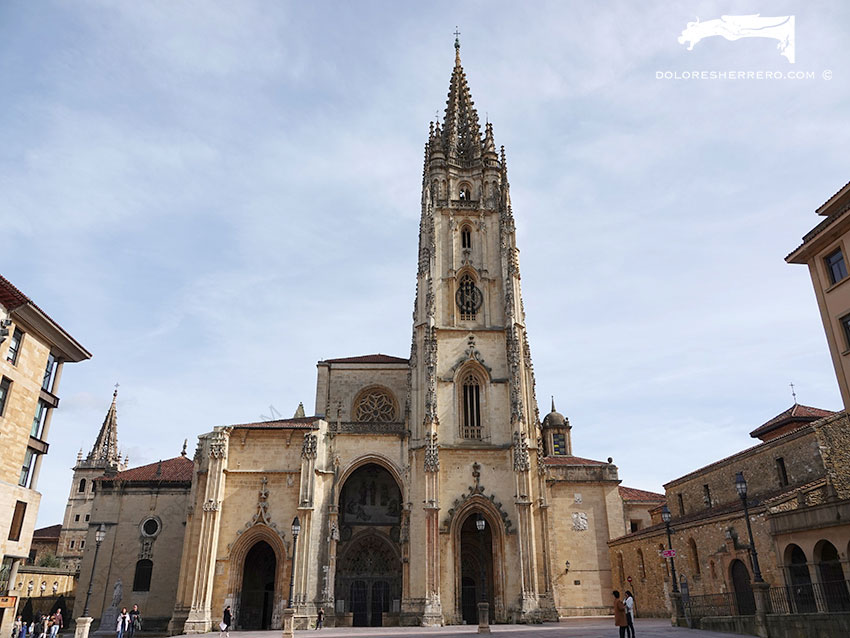
Diversity in stone: the typologies of Oviedo’s gargoyles
We then move on to see the cathedral’s gargoyles. They are distributed in different areas of the building, and we have grouped them by typology to have the clearest and most complete formal and thematic view possible of the whole. Some gargoyles are deteriorated or badly damaged and it is impossible to establish their typology with certainty, so we will not show them. On the other hand, many of them have a guttering block above the figure, which serves as a drain, and which can be seen in gargoyles in other buildings such as Salamanca Cathedral (Spain), where Rodrigo Gil de Hontañón also worked.
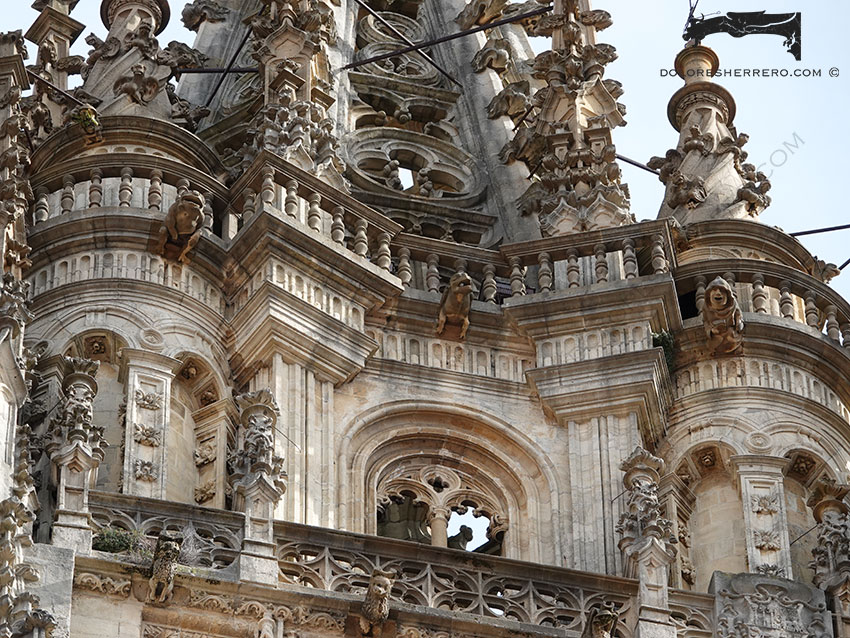
Fantastic or mythological animal
We shall begin with the fantastic or mythological beings The first is the griffin, which is represented in several of the tower’s gargoyles. These figures have their heads tilted to one side, a dynamic position that makes them highly unique.
Griffin
Satyr
We also see a naked satyr showing its anus, as if defecating, in a totally contorted posture.
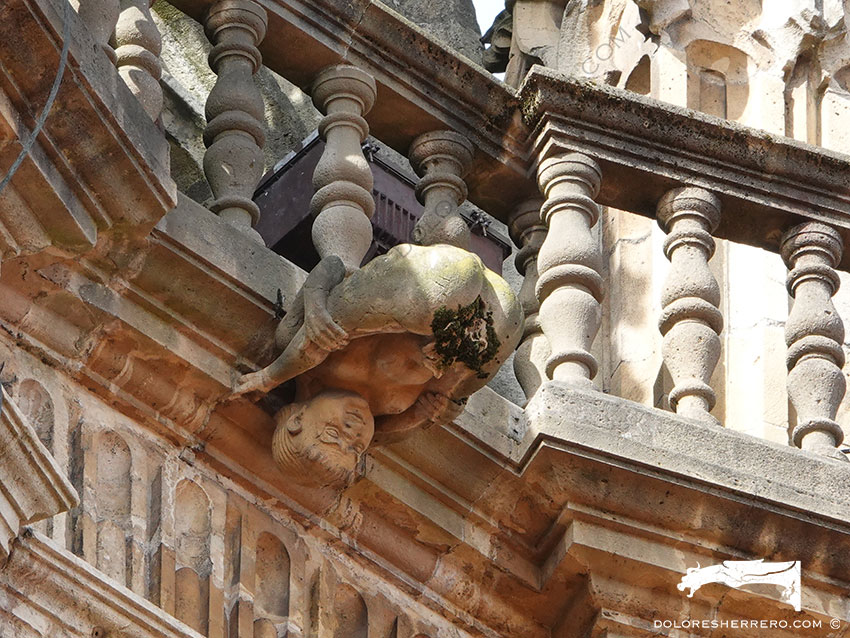
Real animal
The following gargoyles represent animals that we shall refer to as real in order to differentiate them from the fantastic ones. We have already seen, when talking about typologies, that the animals most commonly represented in gargoyles were the lion, the eagle and the dog. The lion and the eagle, in addition to their important symbolism, have a Christological significance, and the dog is significant as a protective and guardian animal.
Lion
First of all, there are several stylistically interesting figures of lions, in different styles and with different manes, some of them of magnificent carving.
Eagle
We also see the figure of the eagle, which is similar in style to that of the griffins.
Dog
The gargoyles representing dogs are also very interesting for their formal and stylistic diversity. Their similarity with gargoyles from other buildings is quite notable and often reveals influences which, on most occasions, we do not know about, but which could be evidence of exchanges between sculptors, workshops or sketches that were used. Sometimes we have documentation on masters who have worked on various buildings and left their mark, but other times we have no information about this. In these gargoyles you will see, for example, a similarity with some of the gargoyles in the Monastery of Batalha (Portugal).
- Batalha Monastery (Portugal)
- Batalha Monastery (Portugal)
Ram
A ram with a very marked trachea, which gives it a demonic connotation, is a figure that could also be included in the typology of the devil.
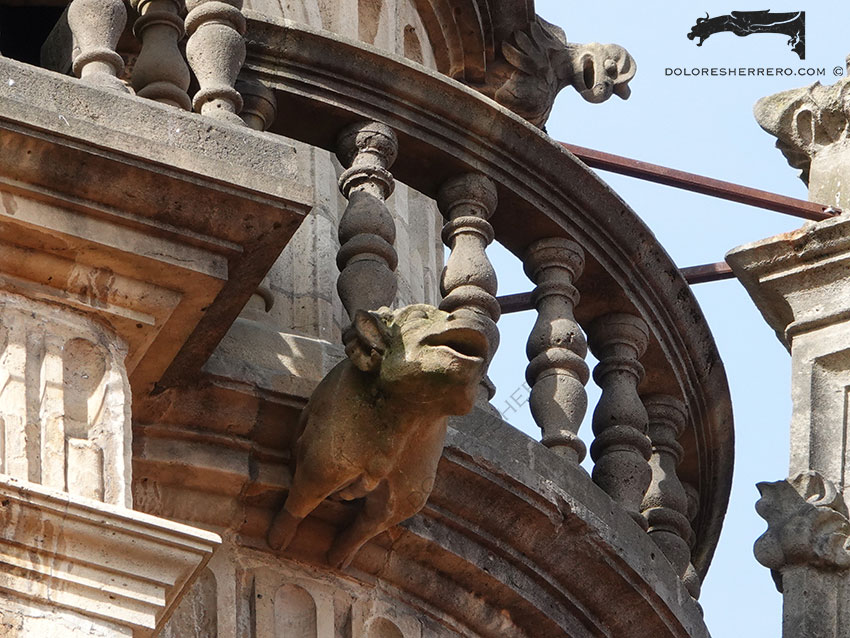
Toad
The last animal is a toad, a very strange image, as it rests one of its hands on the ventral or genital part.
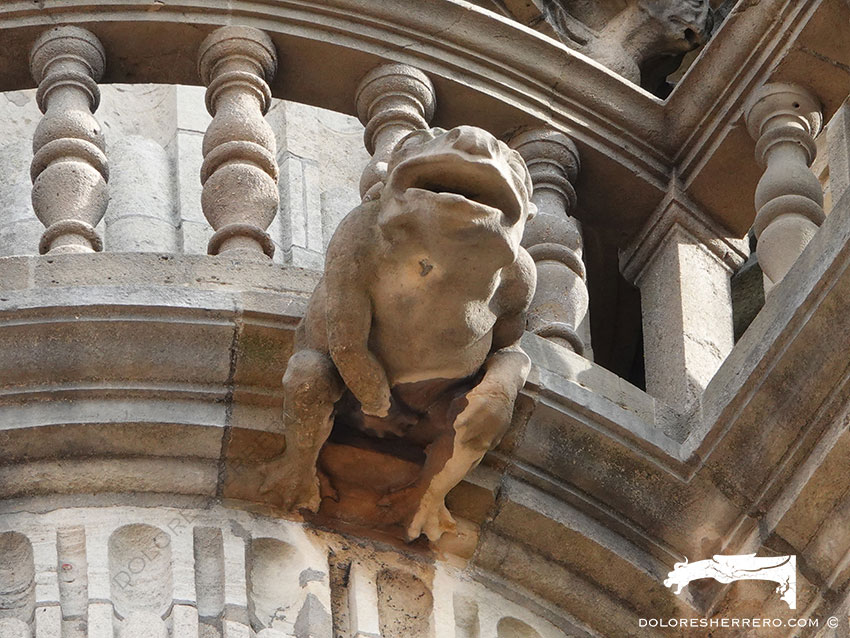
Animal monster
The animal monsters – hybrids composed of various animal parts – are winged quadrupeds, one of which has a wide, monstrous face with wide-set eyes, and is reminiscent of one of the gargoyles in Salamanca Cathedral.
- Salamanca Cathedral (Spain)
Human
We continue with the human figures. These are expressive and very different gargoyles. We see a naked man with his knees together, his head tilted to one side, wearing a skullcap and showing his tongue; another with a fringed mane, and another in monk’s robes and a book in his hand.
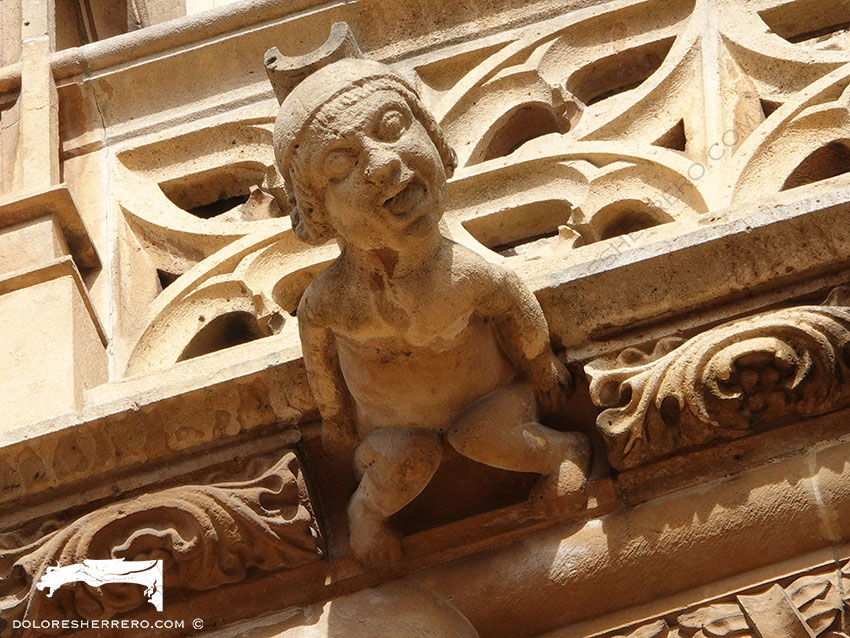
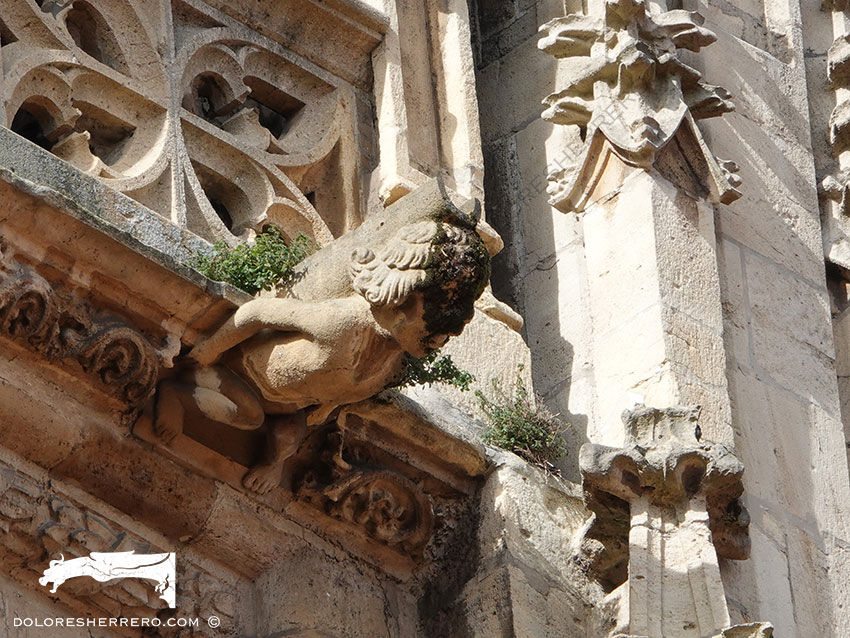
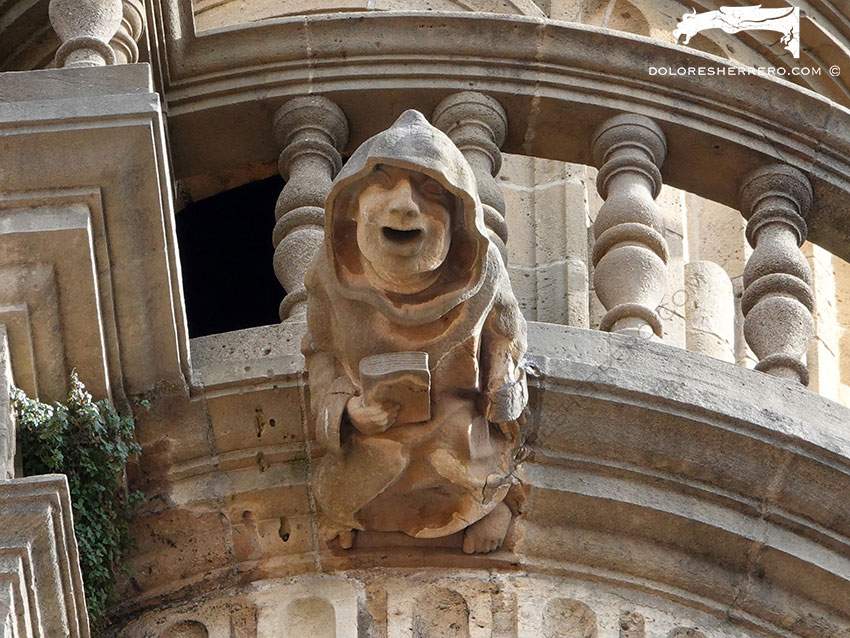
Anthropomorphic
There is also typological and stylistic variety in the anthropomorphs and demons. Regarding the anthropomorphs, there is one with a nun’s dress, its hands on its lap and a bird’s beak, a very original gargoyle. There is also a seated naked man with leaf-shaped feet and hands and a very expressive gesture. Two curious figures, apparently with human heads and animal-like bodies, show an unusual posture, bent over with their heads turned towards their feet.
Demon
The demons are also fantastic. One of them has quadruped legs, a monstrous head, and a large windpipe. A winged ram with a human face, and another with a trachea and membranous wings, differ from the rest in style. Finally, there are three anthropomorphic demons, two with female breasts, and another with a trachea and membranous wings, whose faces are reminiscent of one of the gargoyles in León Cathedral (Spain).
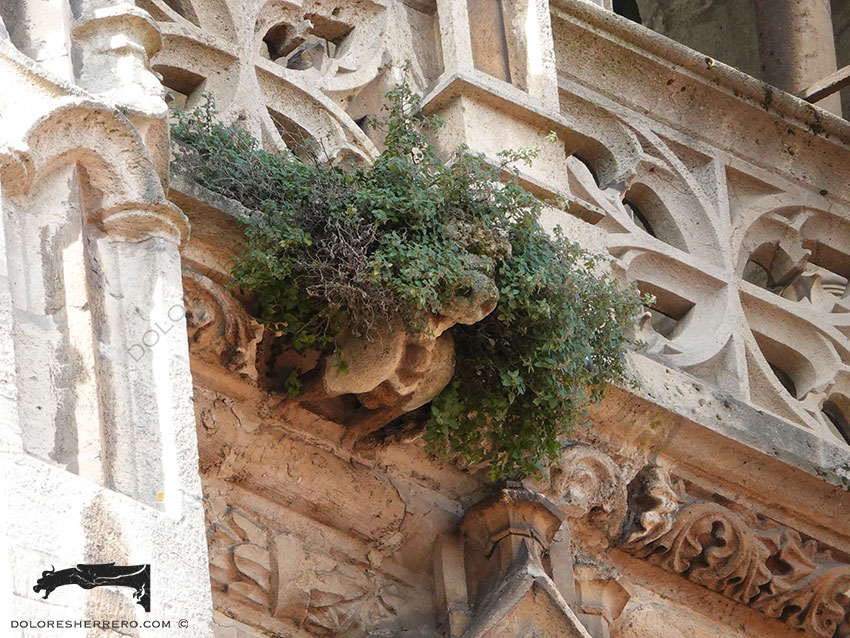
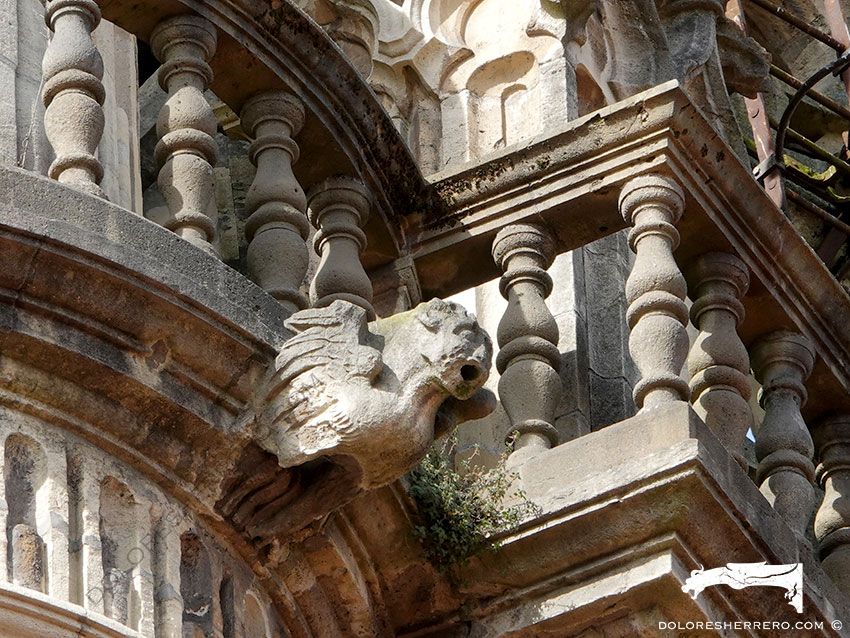
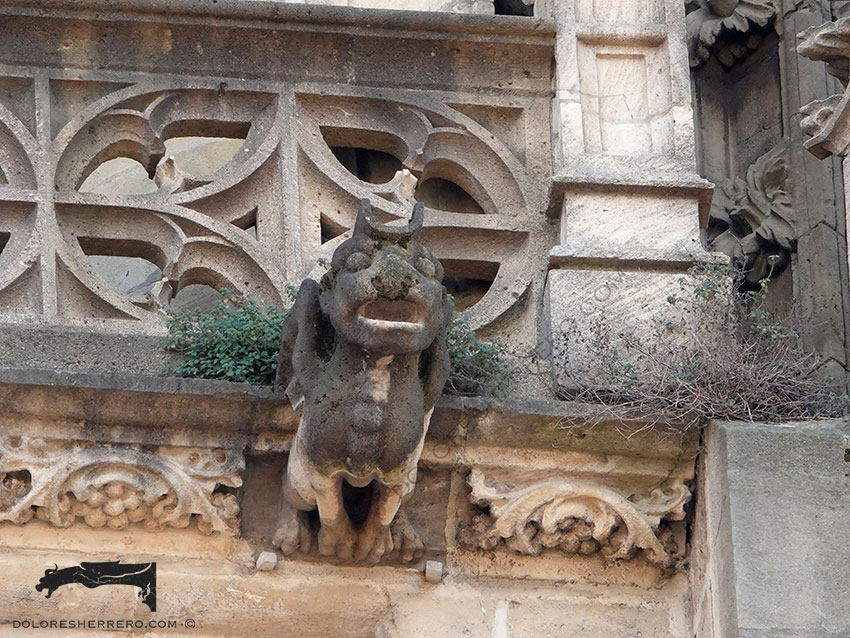
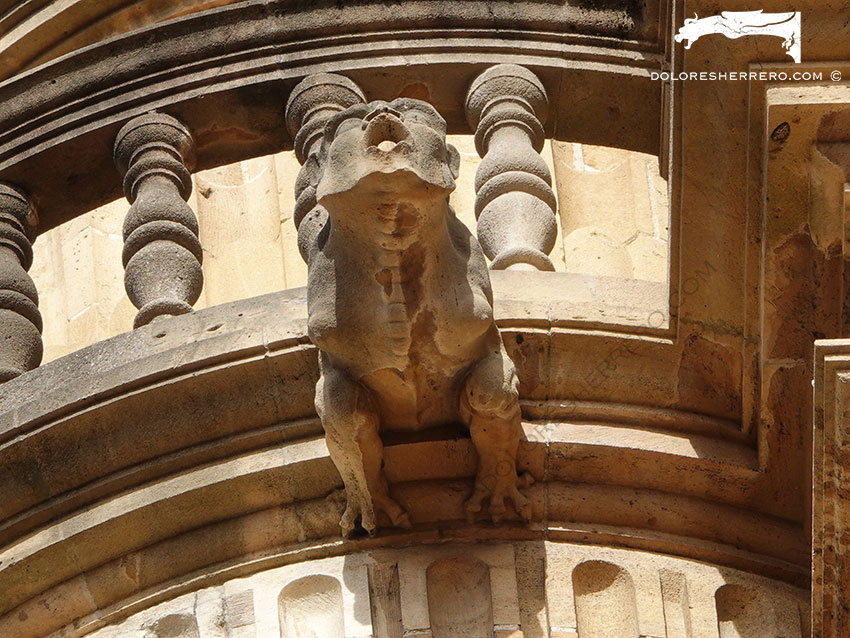
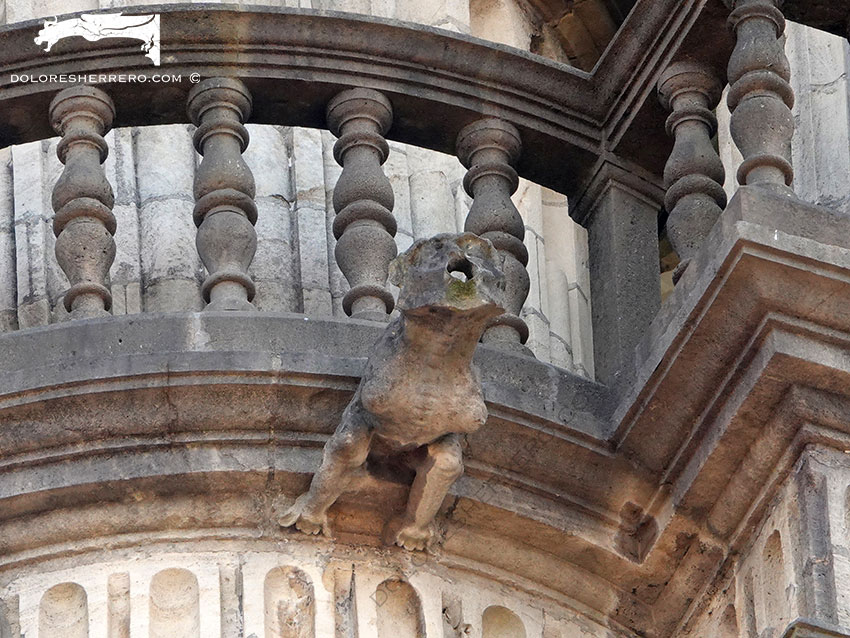
- León Cathedral (Spain)
Sculpted heads: the unique repertoire of the cloister’s gargoyles
We shall leave the gargoyles of the cloister for the end. The cloister is a Gothic construction from the 14th and 15th centuries, replacing the earlier Romanesque one from the 12th century.
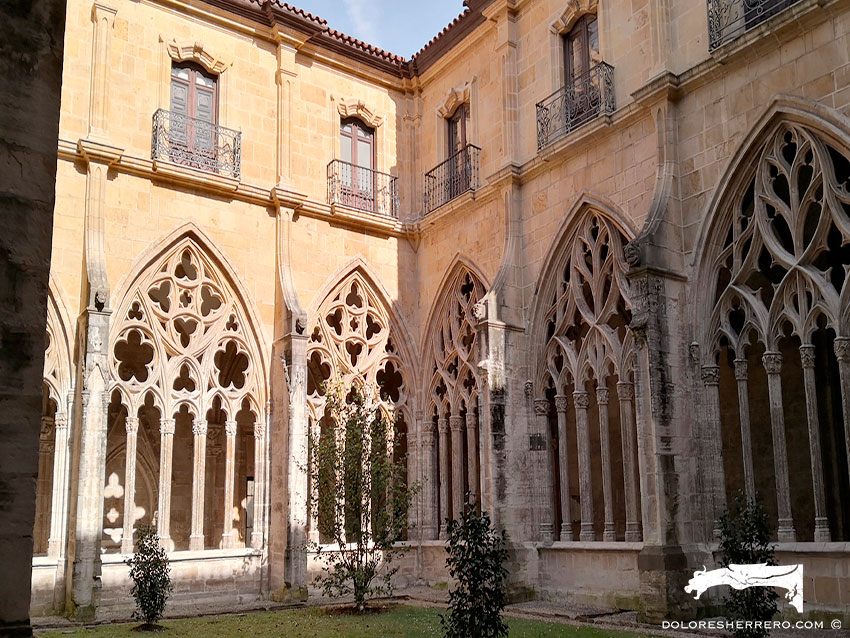
Its gargoyles consist of various voluminous, schematically drawn heads (human, dog, cat), which gives them a sense of plasticity. Some of them have a grotesque, mask-like appearance.
We have made a tour that we hope you have enjoyed and that, on your next trip to Oviedo, will encourage you to contemplate and observe these fantastic figures in a different way. Their formal and thematic diversity, expressiveness and plasticity make the gargoyles of Oviedo Cathedral one of the most beautiful and interesting groups of gargoyles in Spain.
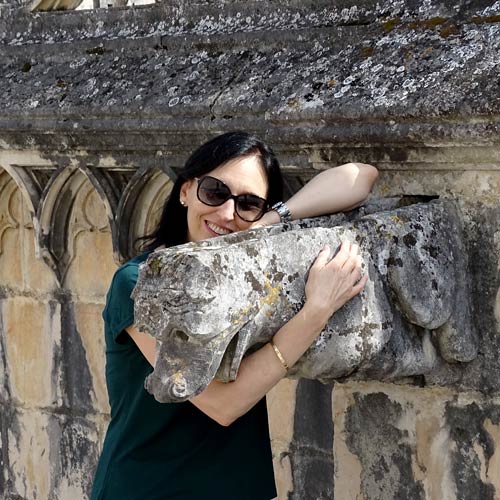
Doctor of Art History and researcher specializing in the study of gargoyles.
I am Dolores Herrero Ferrio, and my thesis, “An Approach to the Study of Gargoyles of Gothic Cathedrals in Castilla and León”, is dedicated to the study of these fascinating figures.
If you like gargoyles and art history, you will also enjoy my book, “The Gargoyle and Its Iconography,” a book I have written with great care for those interested in the world of gargoyles.
I have created my own Encyclopedia of Gargoyles, a Gargopedia to share with you, where you will discover all the secrets and wonders of these enigmatic sculptures.
I hope you enjoy this Gargopedia as much as I have enjoyed creating it, and remember that each gargoyle has a story to tell, and here you will discover them all.
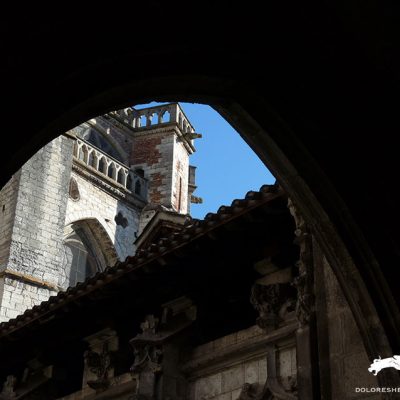 Gargoyles of Cahors Cathedral, France: Moss-Covered and Evocative
Gargoyles of Cahors Cathedral, France: Moss-Covered and Evocative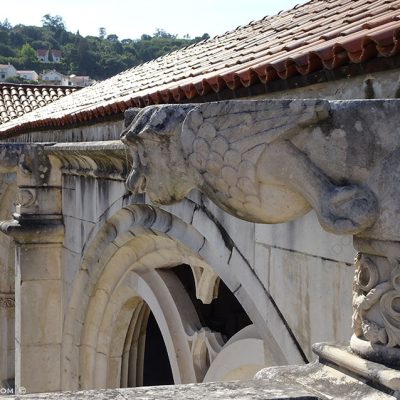 The Gargoyles of the Monastery of Alcobaça: Stone Art in Portugal
The Gargoyles of the Monastery of Alcobaça: Stone Art in Portugal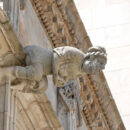 The ‘Chimera Gargoyles’ of the Patio de los Naranjos: Fantastic Creatures in the Palau de la Generalitat in Barcelona
The ‘Chimera Gargoyles’ of the Patio de los Naranjos: Fantastic Creatures in the Palau de la Generalitat in Barcelona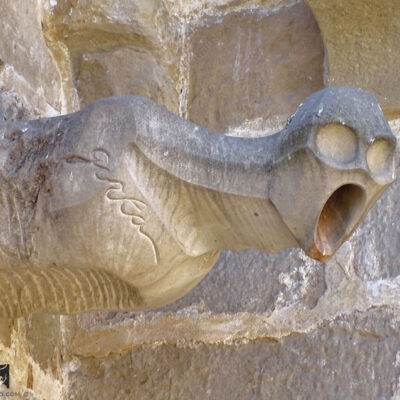 Gargoyles of the Church of Santa María la Mayor in Valderrobres (Teruel, Spain)
Gargoyles of the Church of Santa María la Mayor in Valderrobres (Teruel, Spain)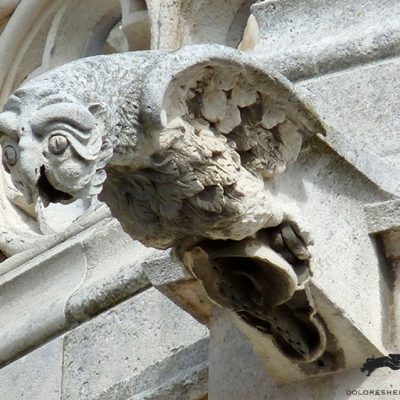 Gargoyles and Unusual Animals: Part One
Gargoyles and Unusual Animals: Part One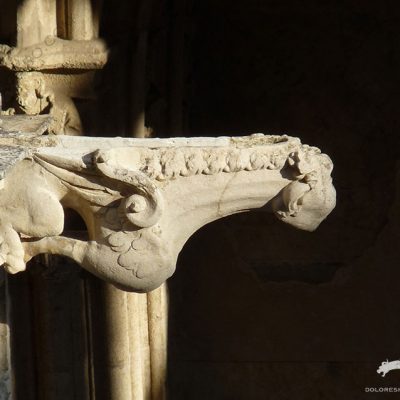 Demons and Monsters in the Gargoyles of the Cloister of León Cathedral
Demons and Monsters in the Gargoyles of the Cloister of León Cathedral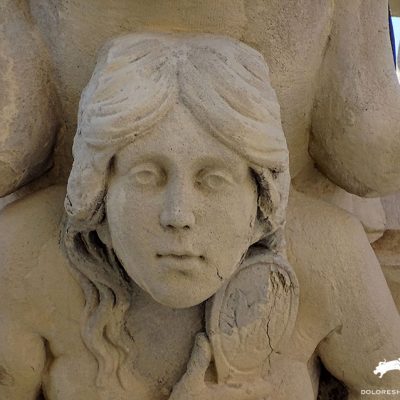 The Gargoyles of the University of Alcalá de Henares: A Sculptural Legacy of Madrid, Spain’s Heritage
The Gargoyles of the University of Alcalá de Henares: A Sculptural Legacy of Madrid, Spain’s Heritage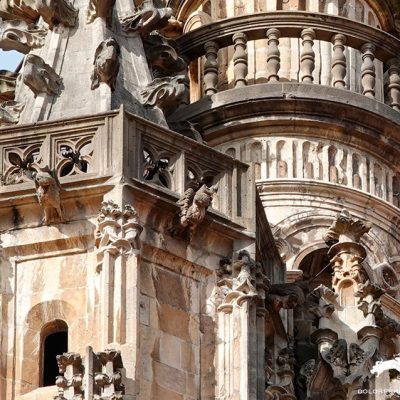 Las gárgolas de la Catedral de Oviedo: guardianas de un tesoro asturiano
Las gárgolas de la Catedral de Oviedo: guardianas de un tesoro asturiano